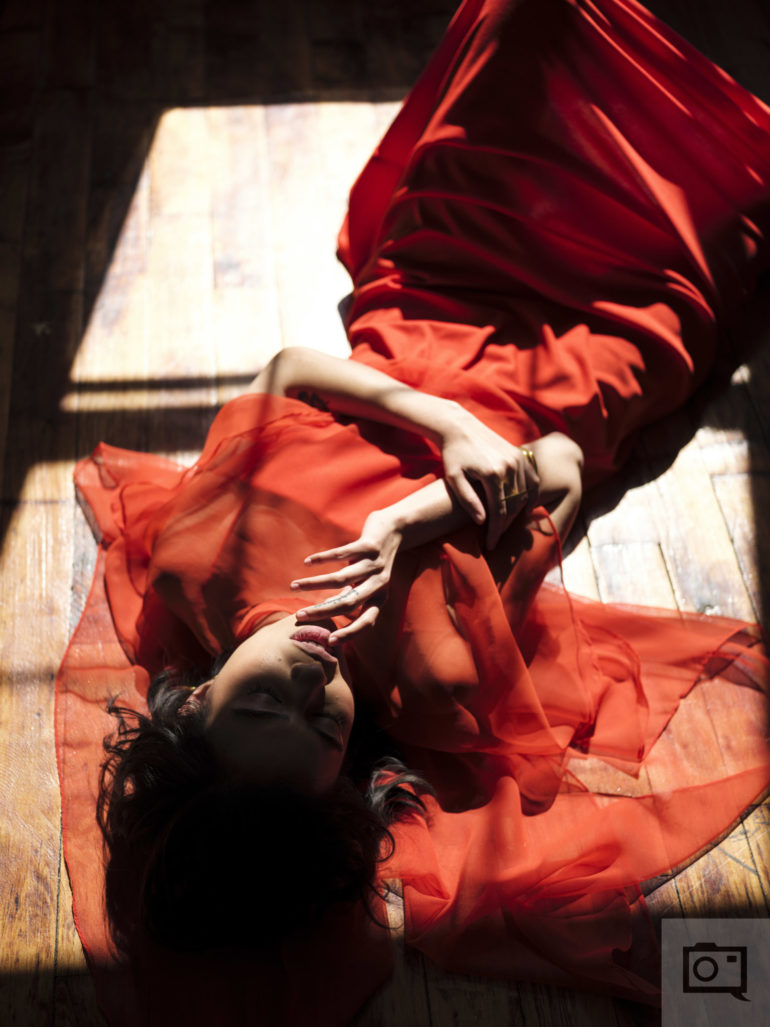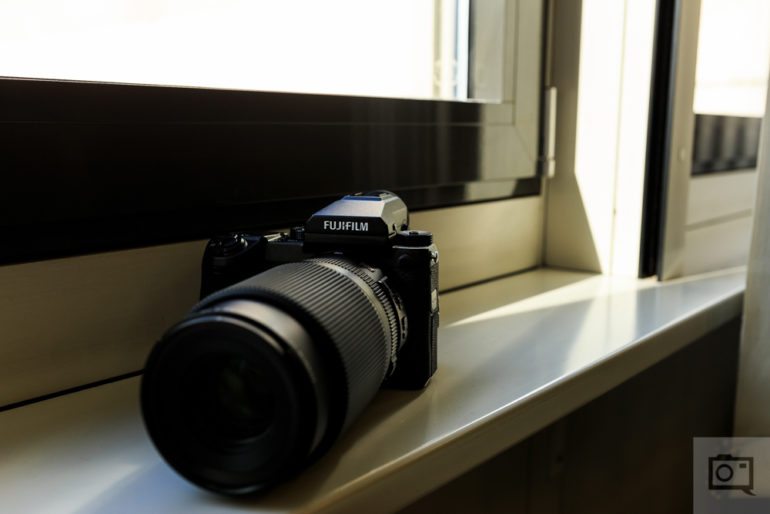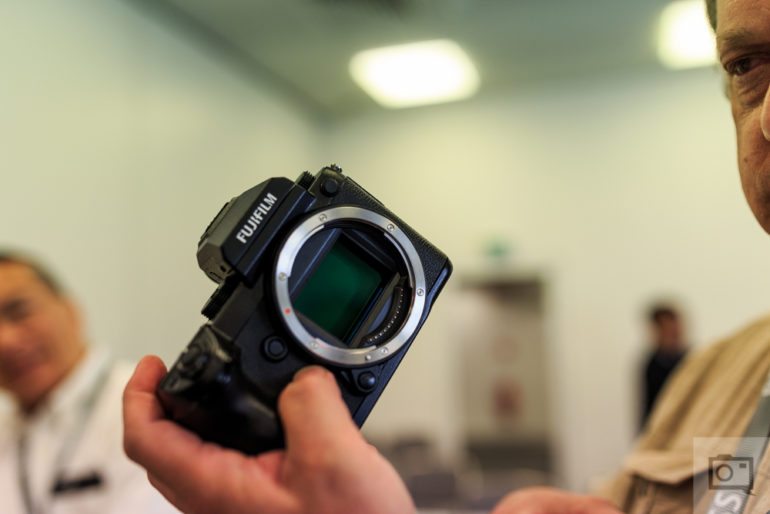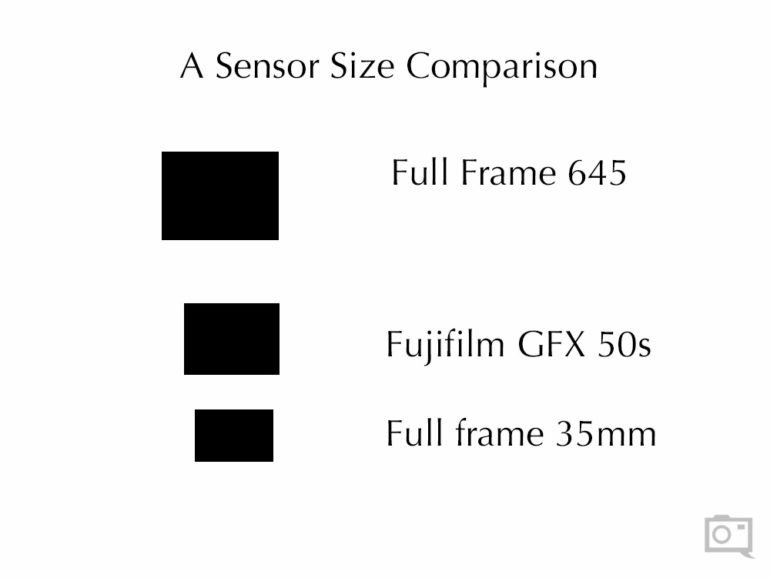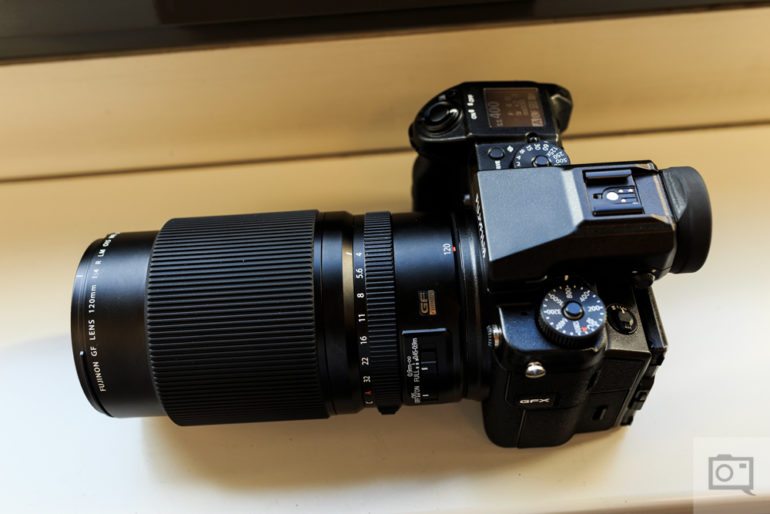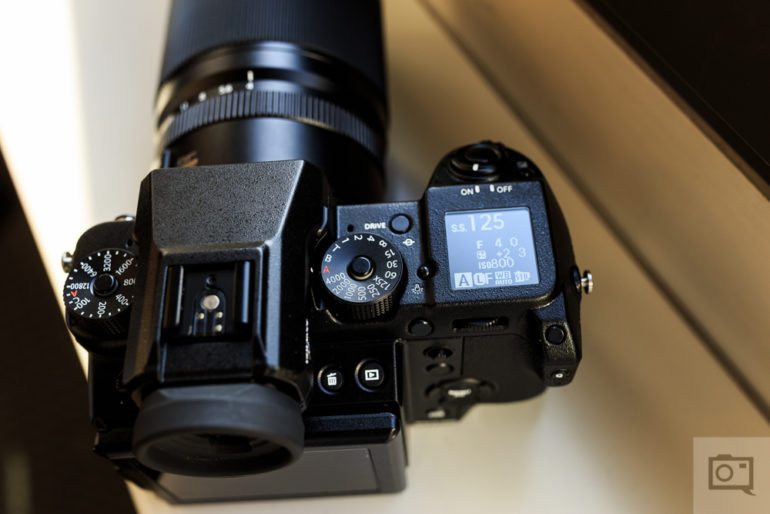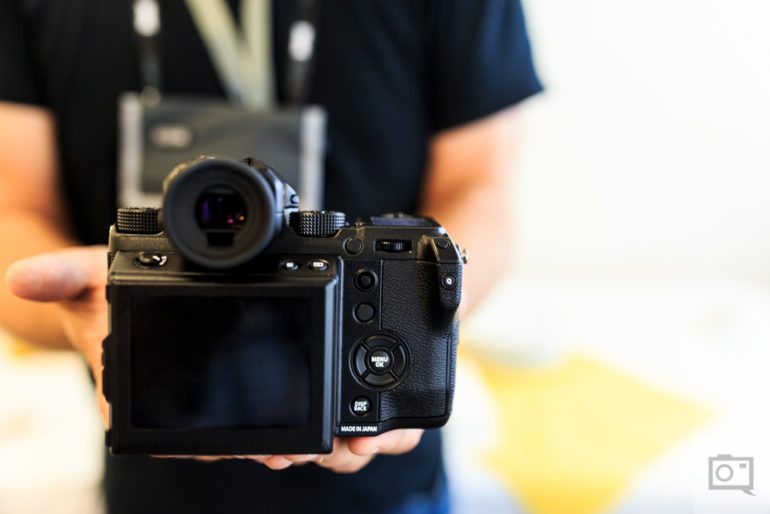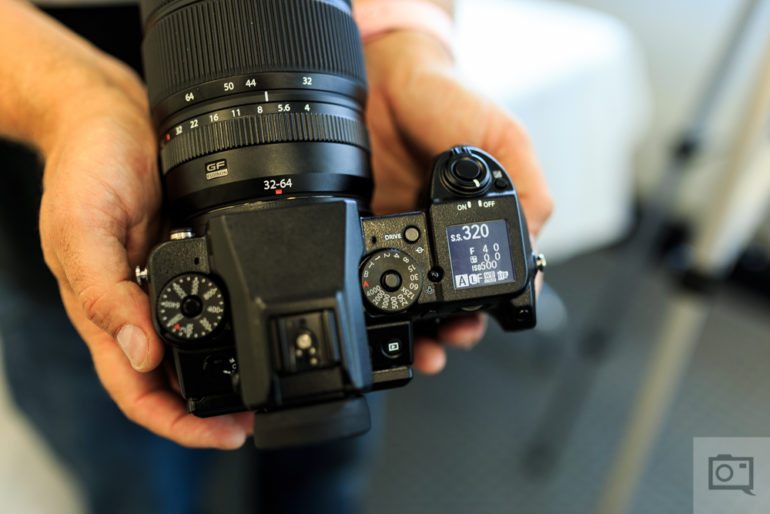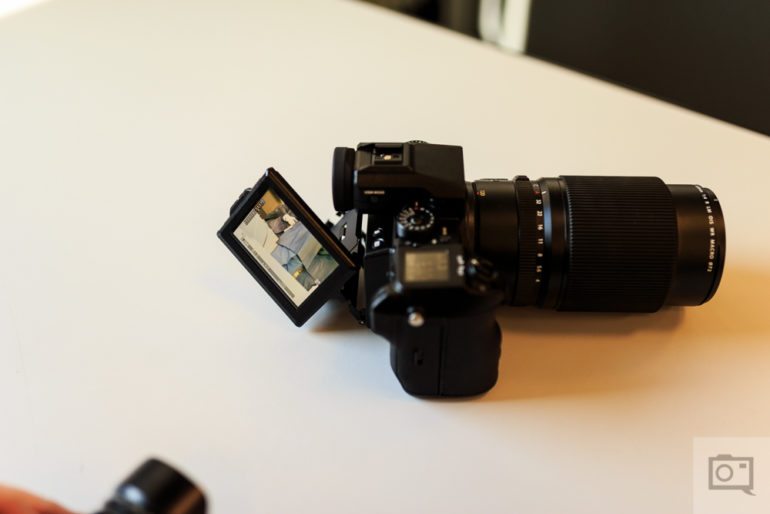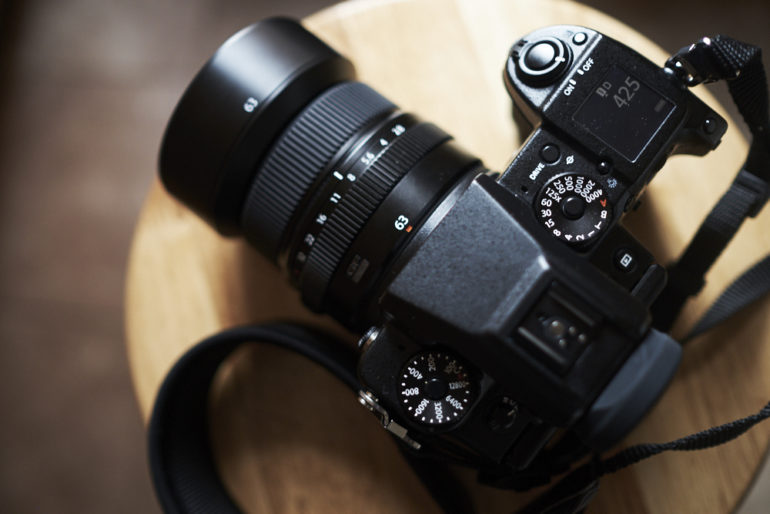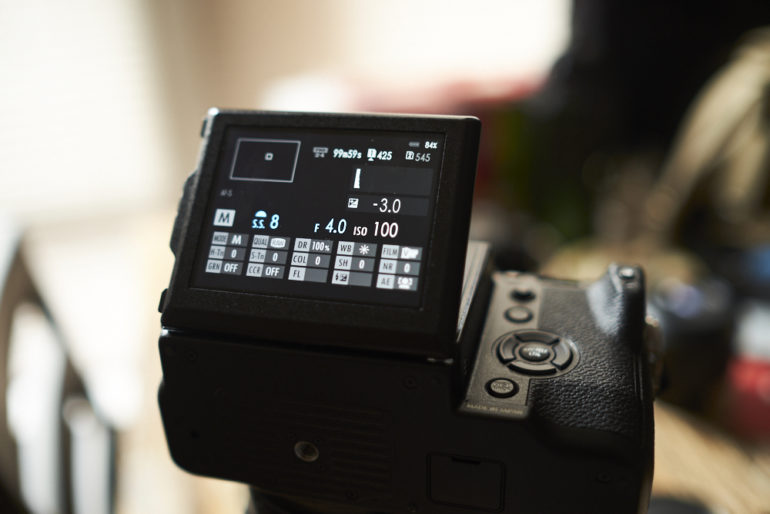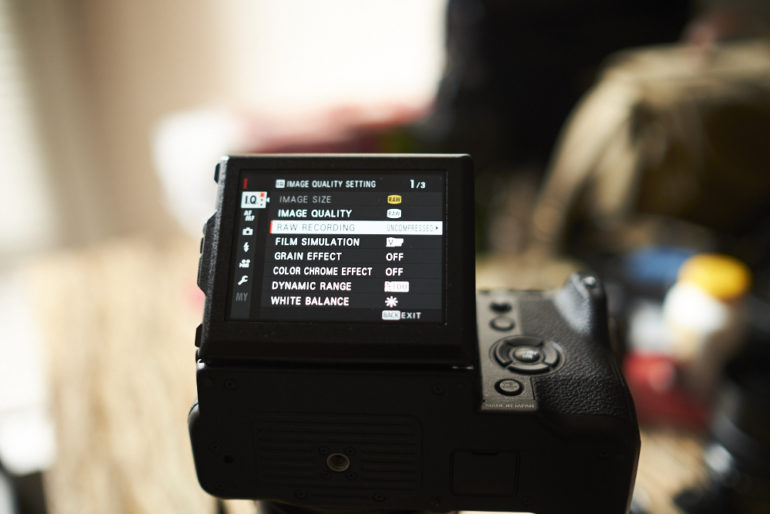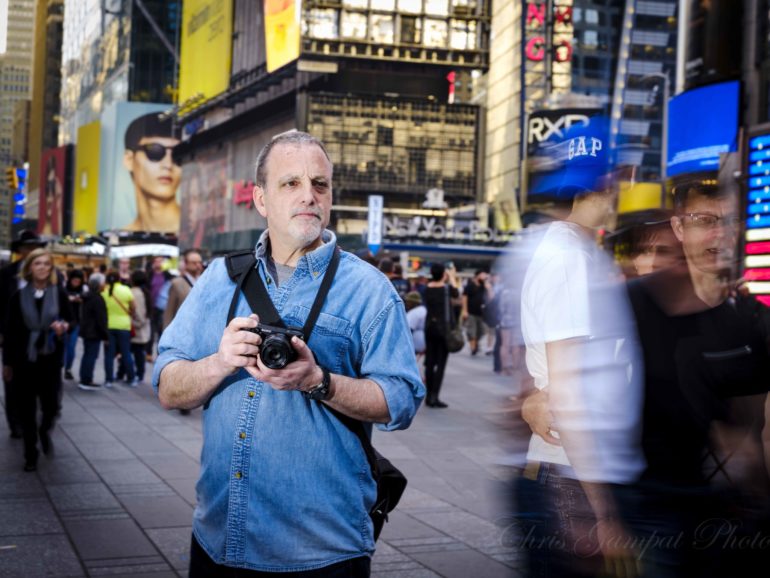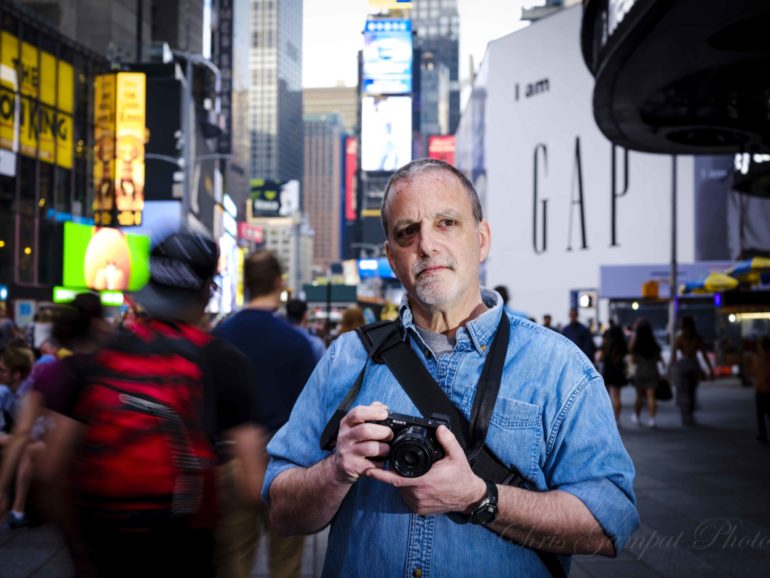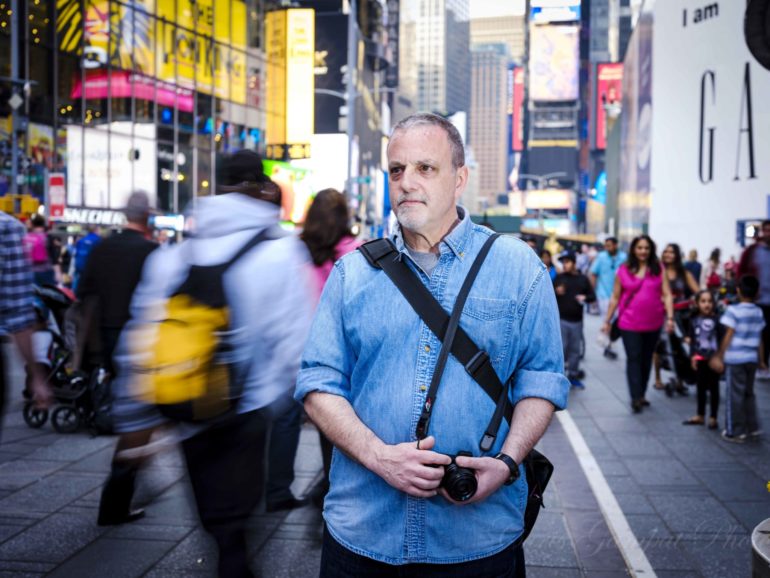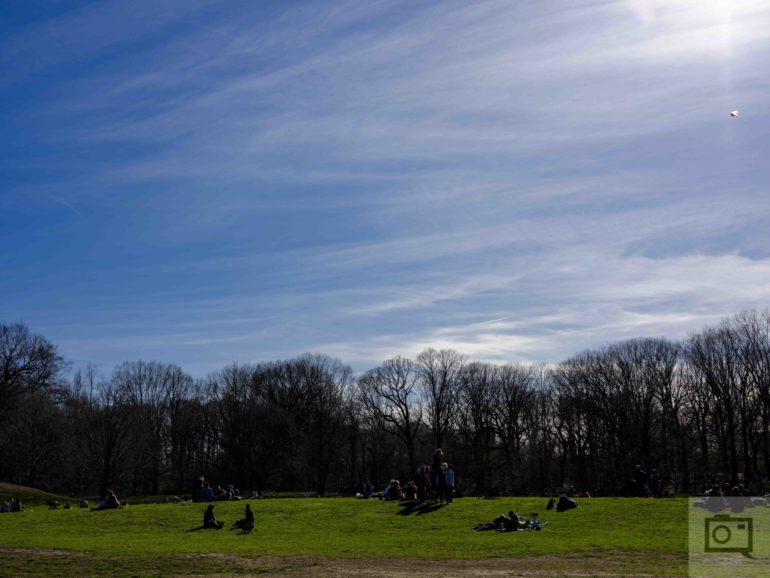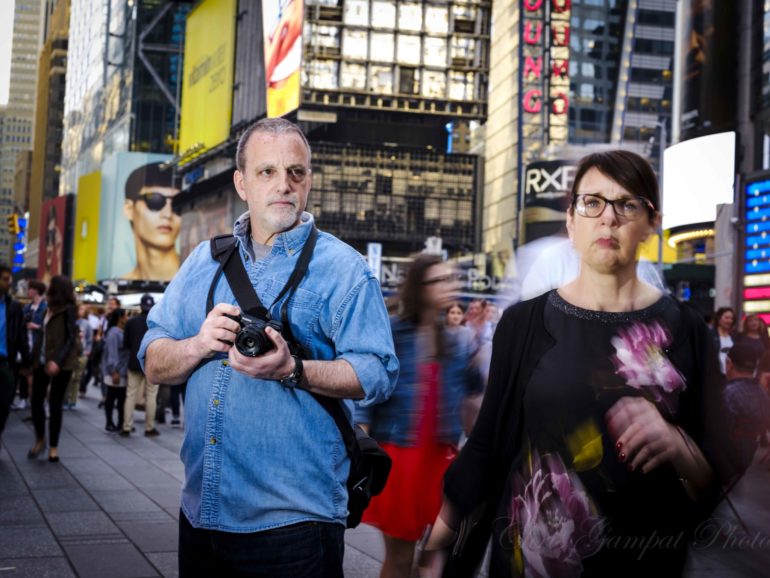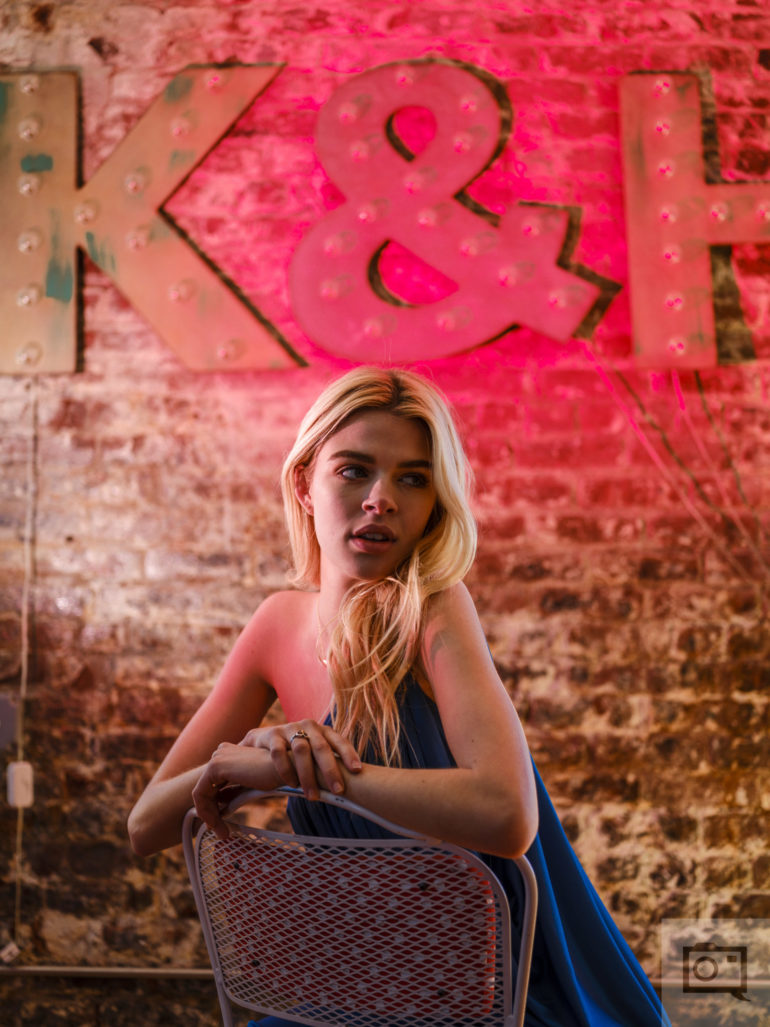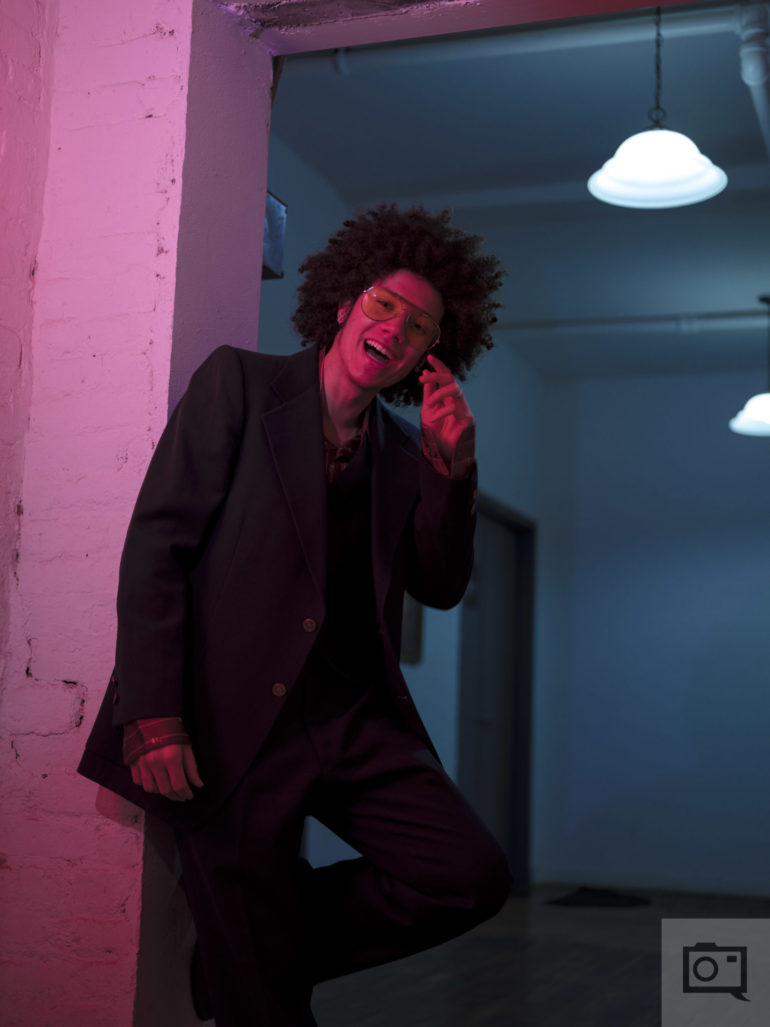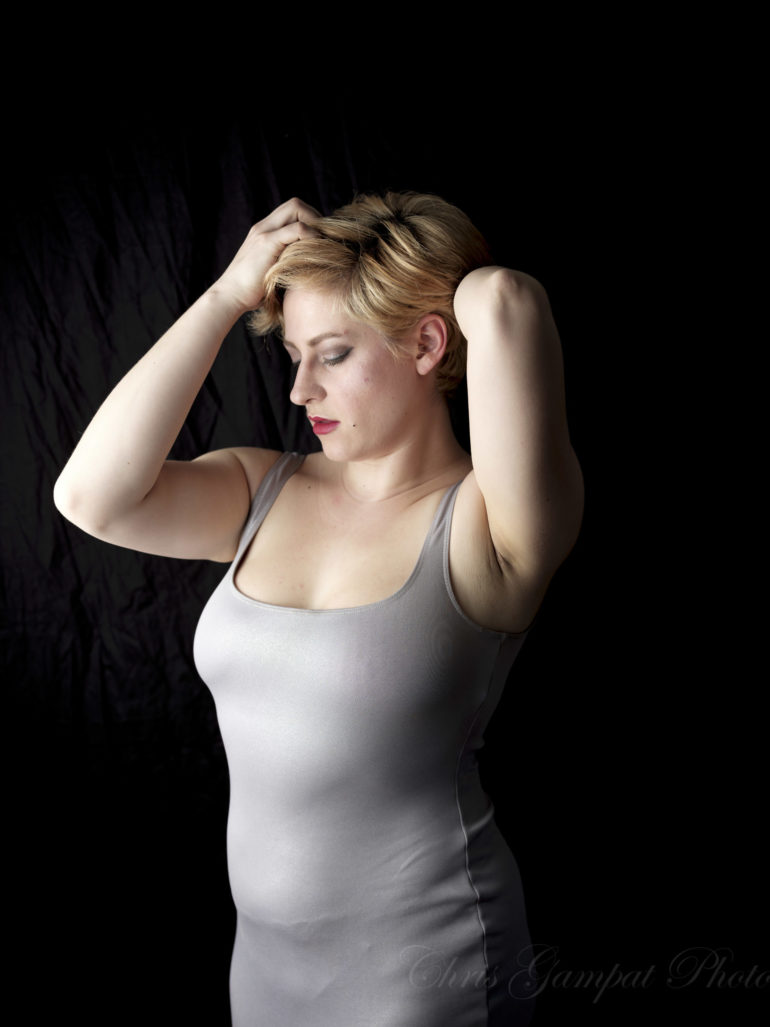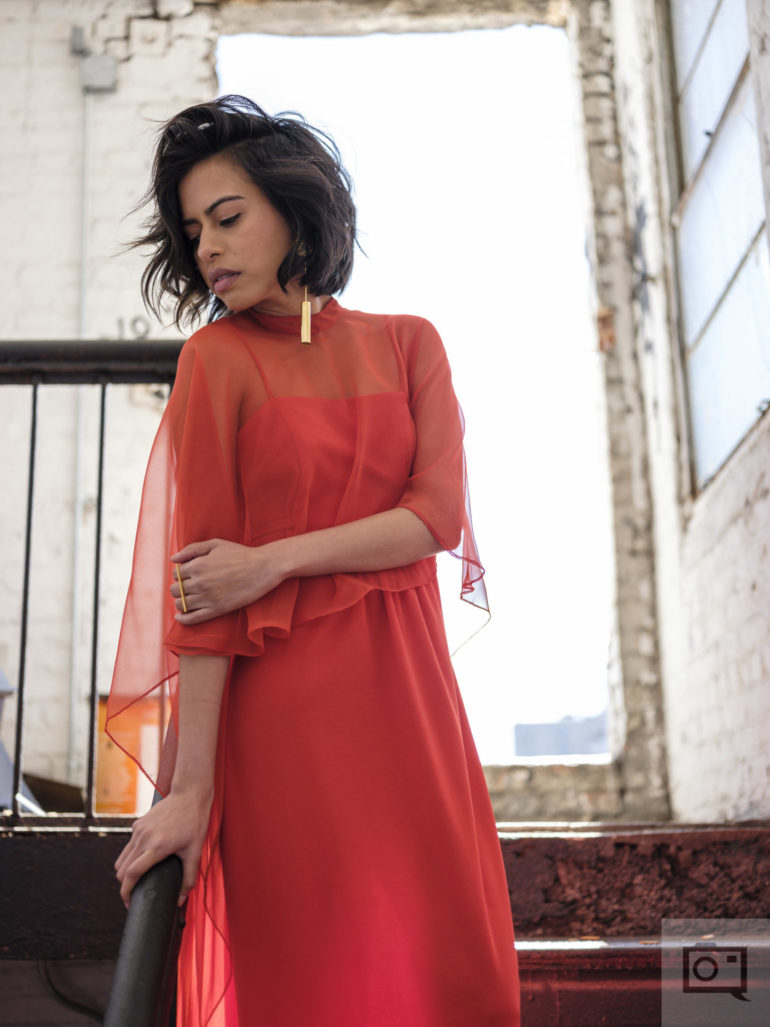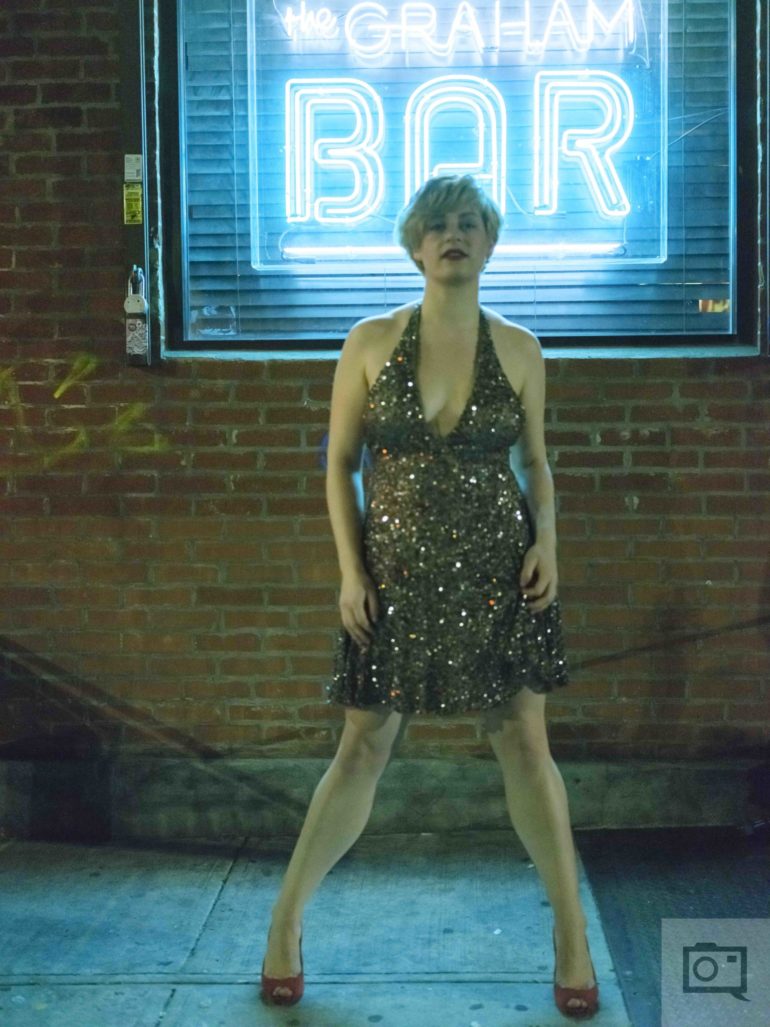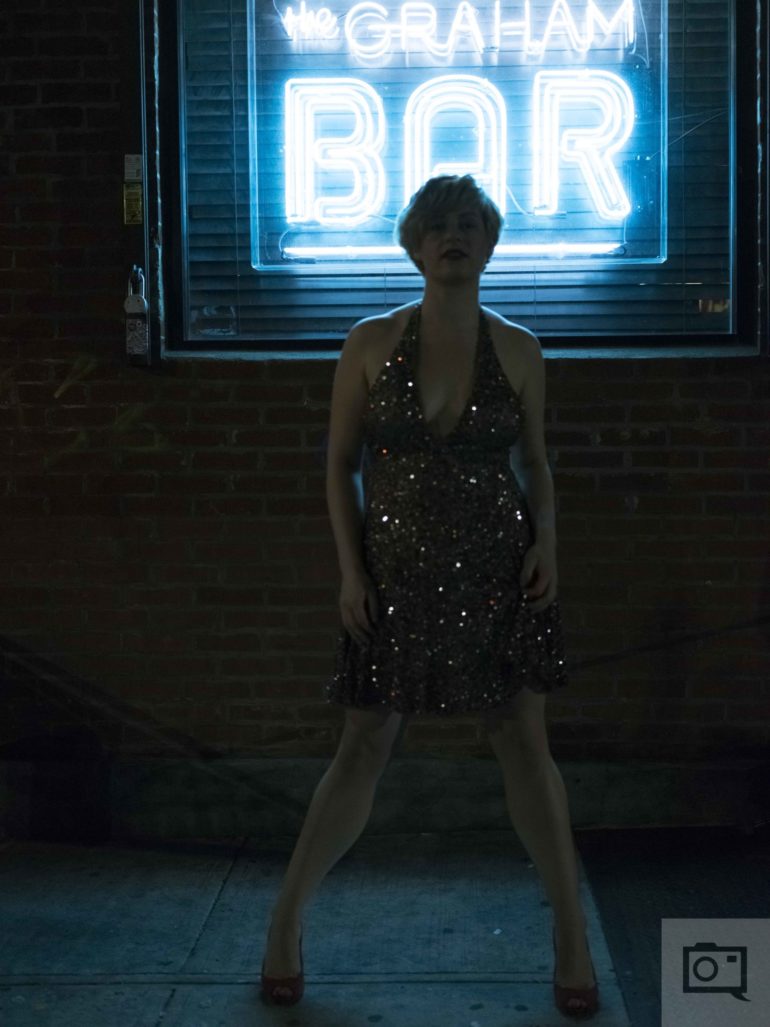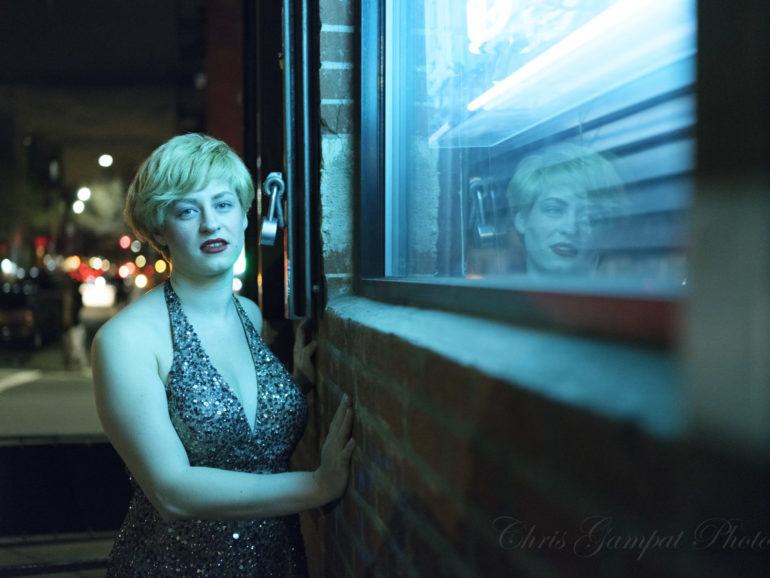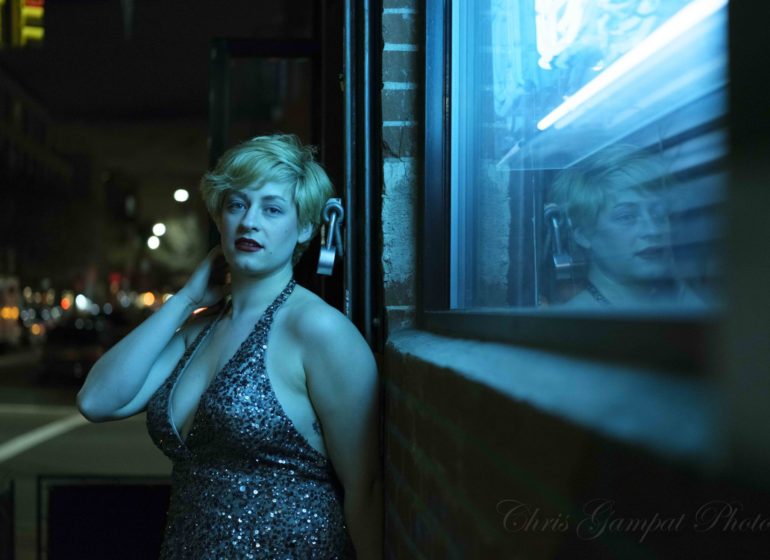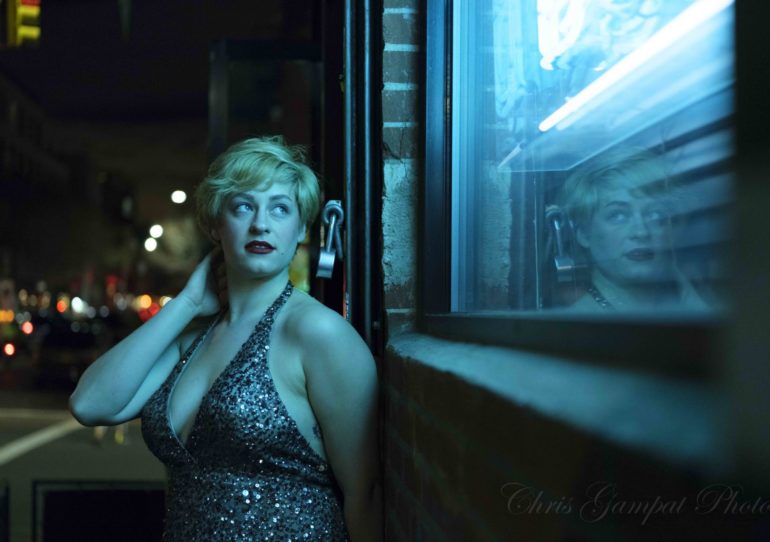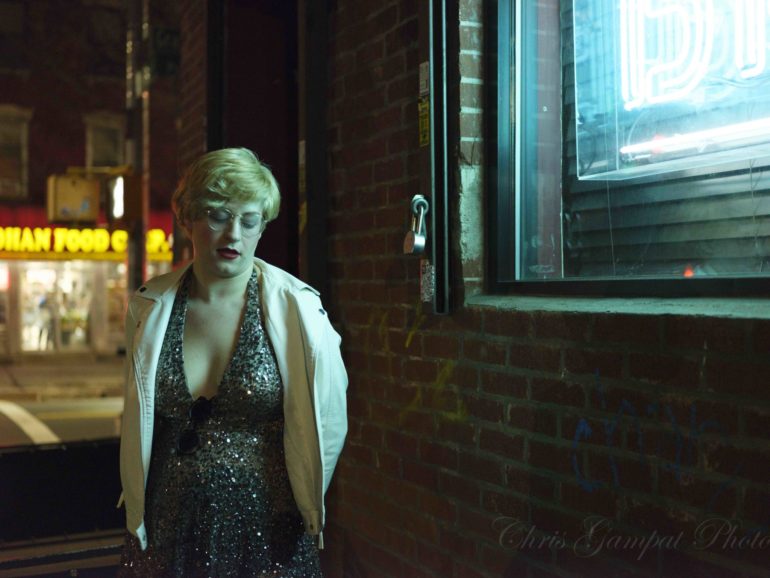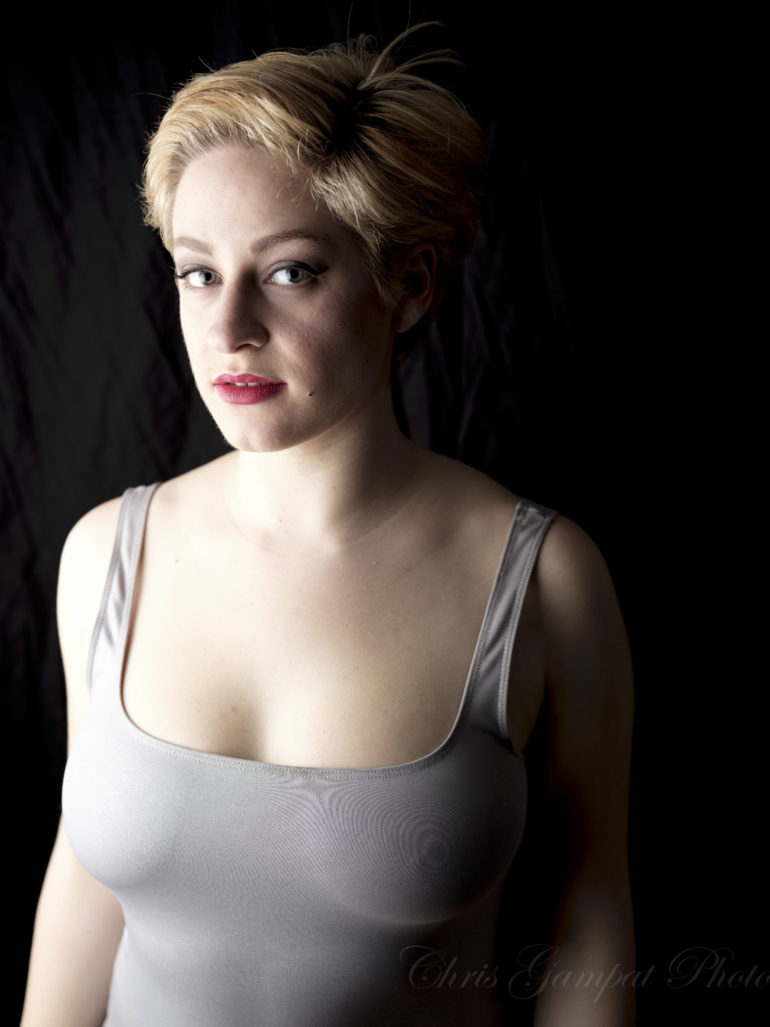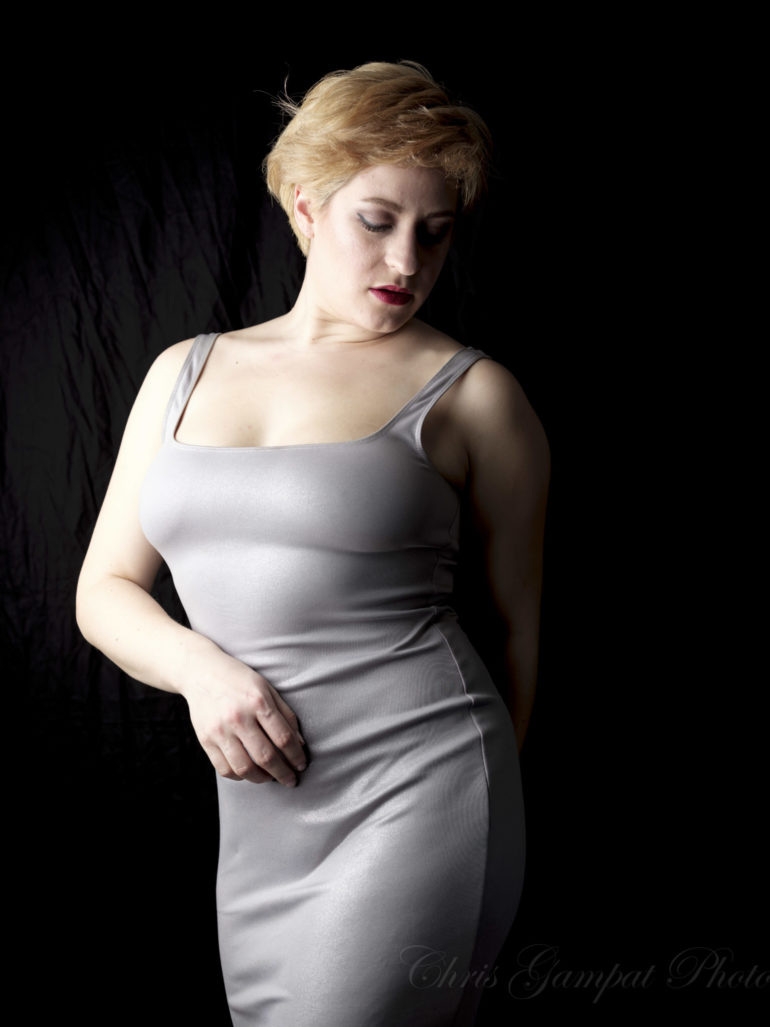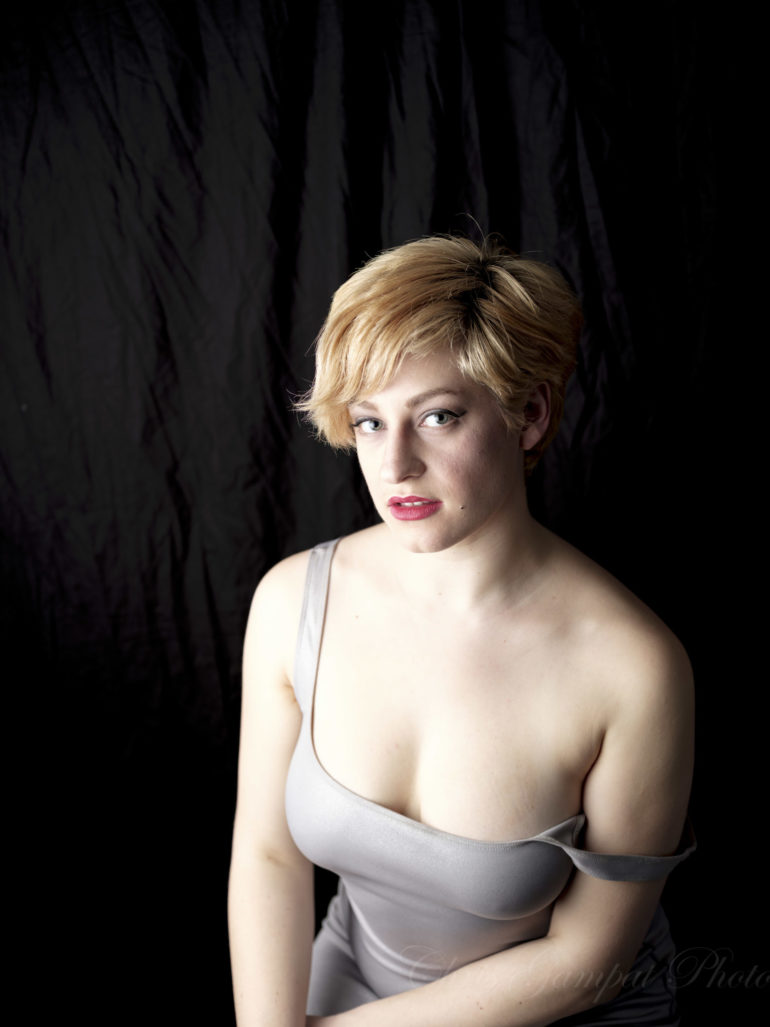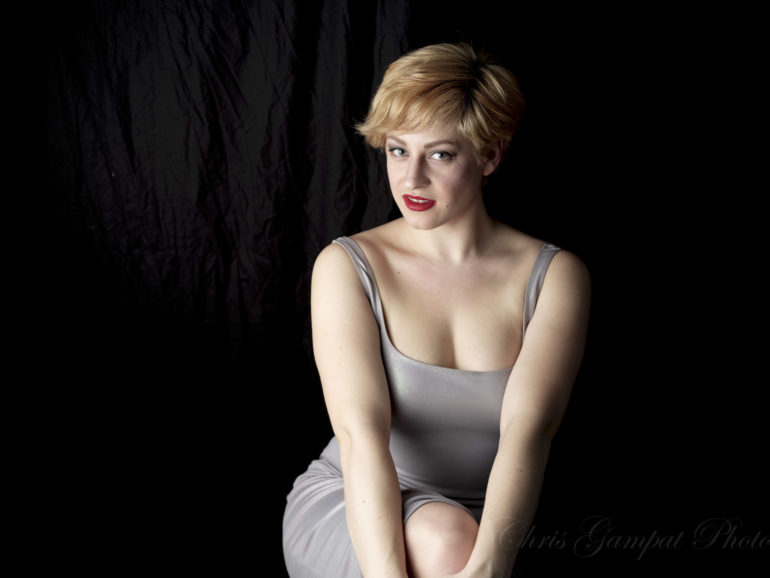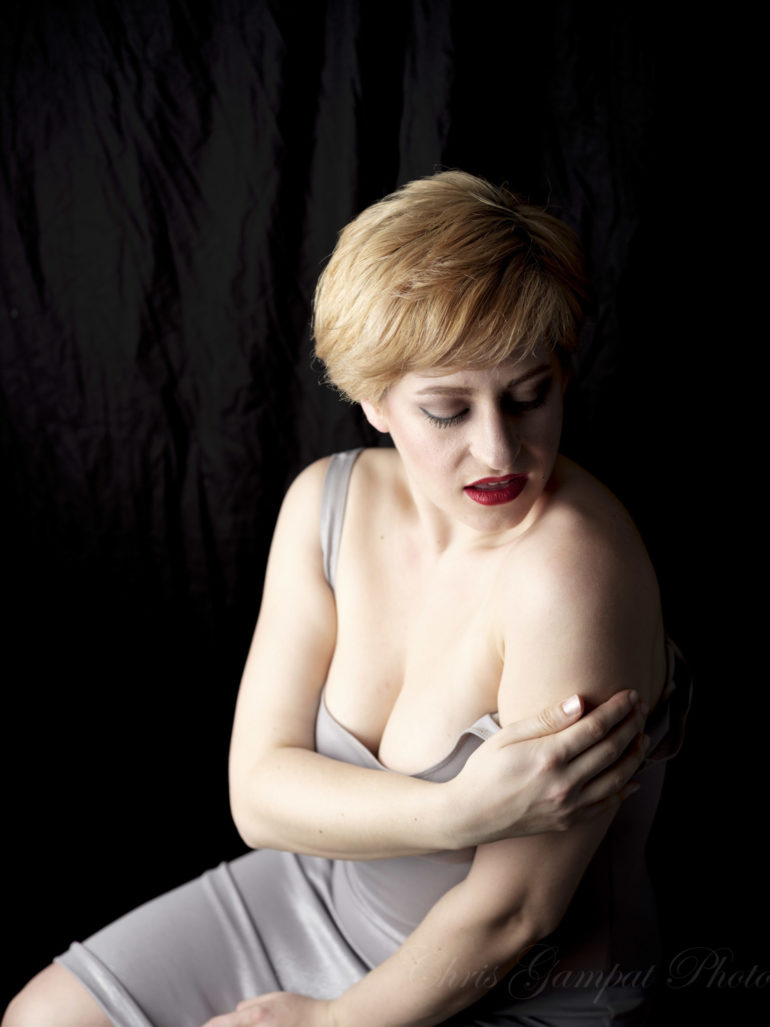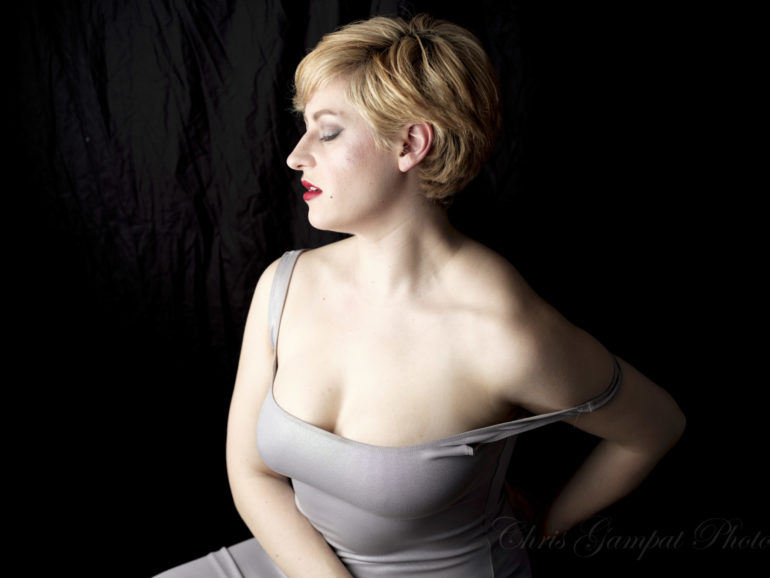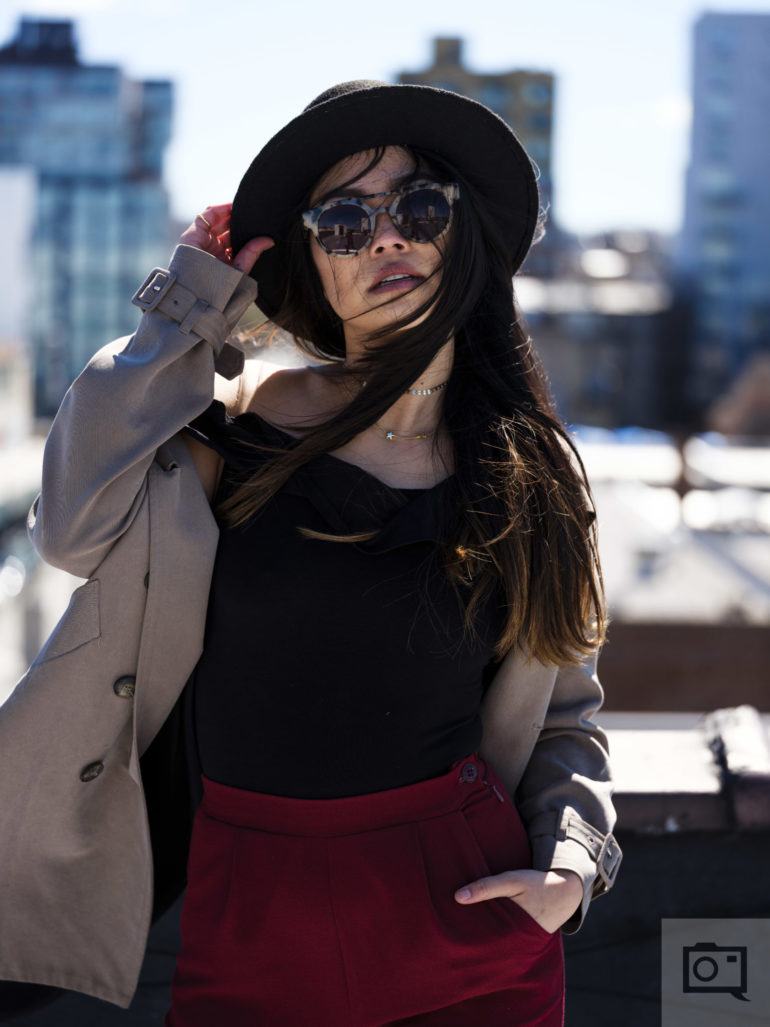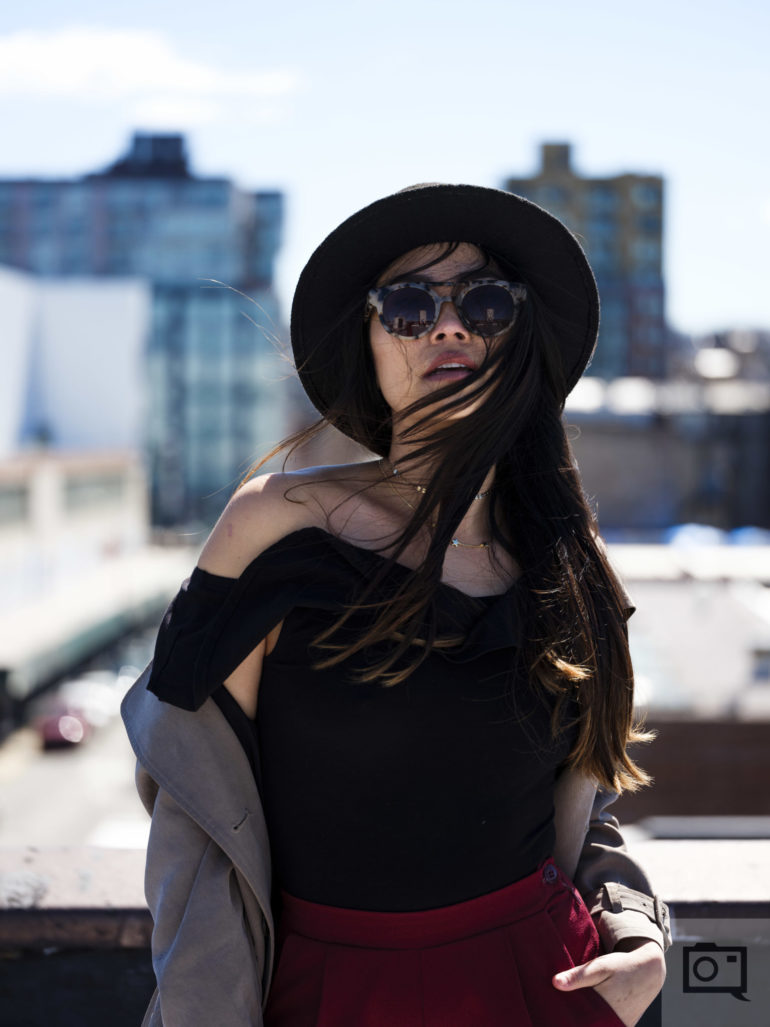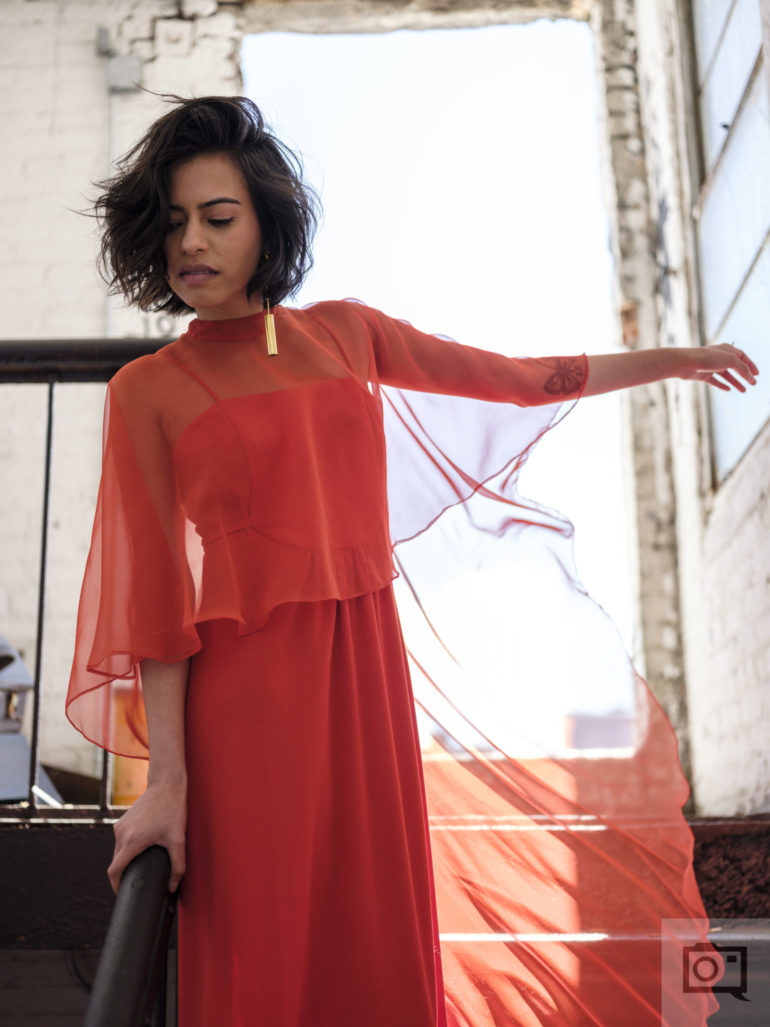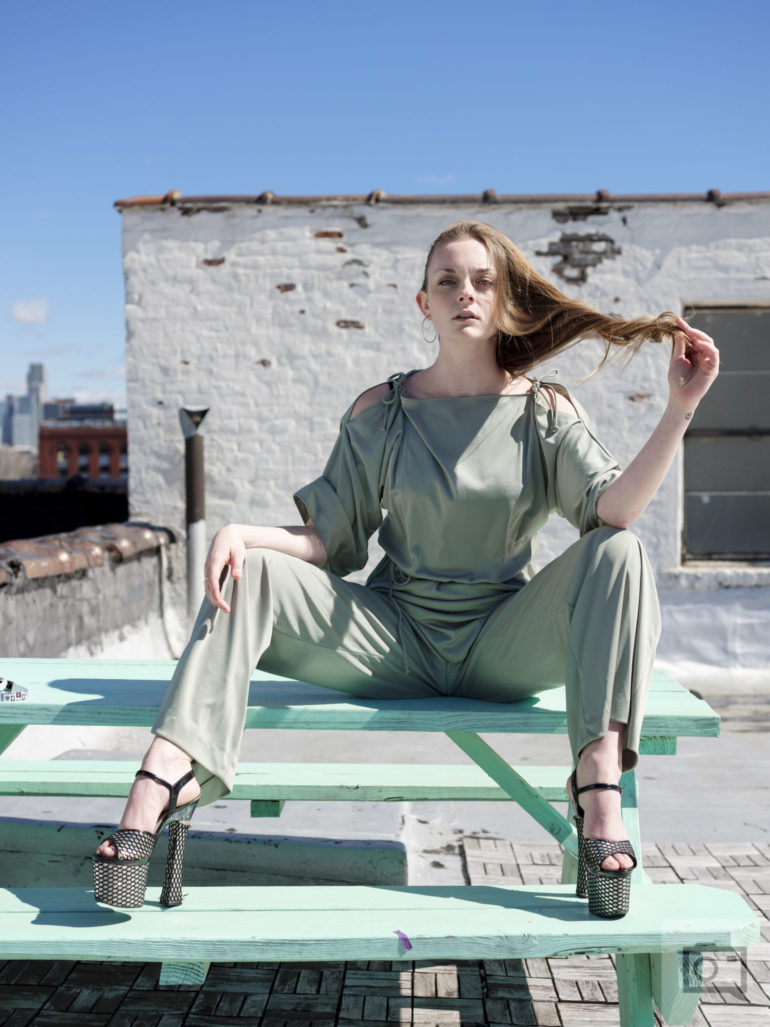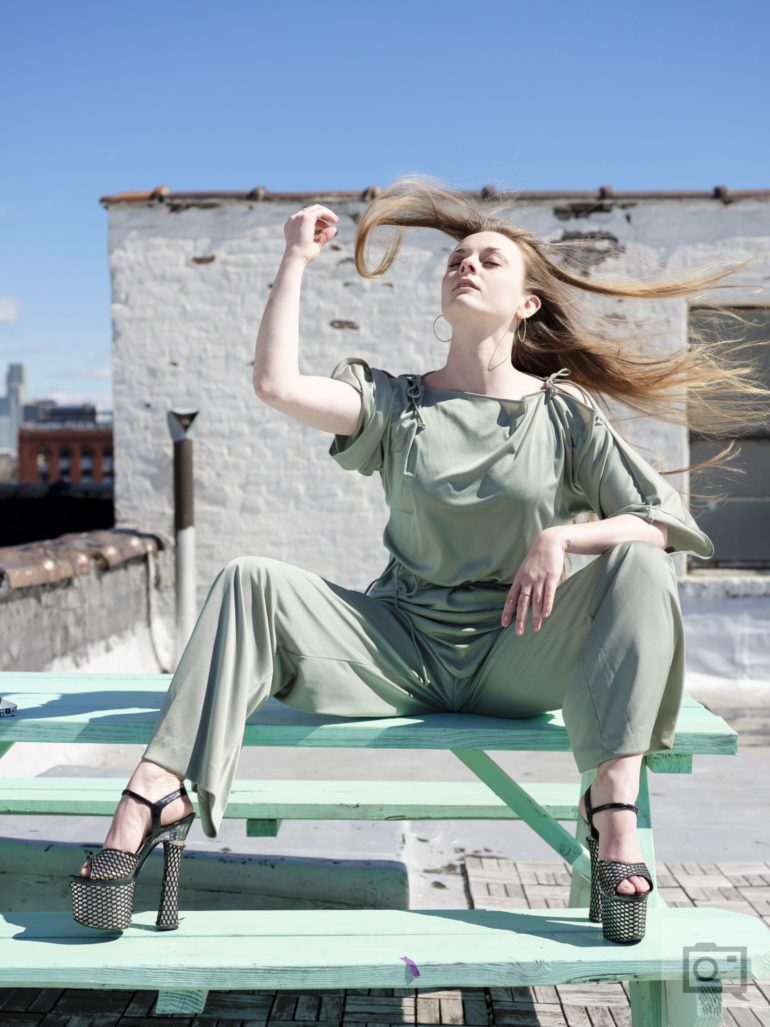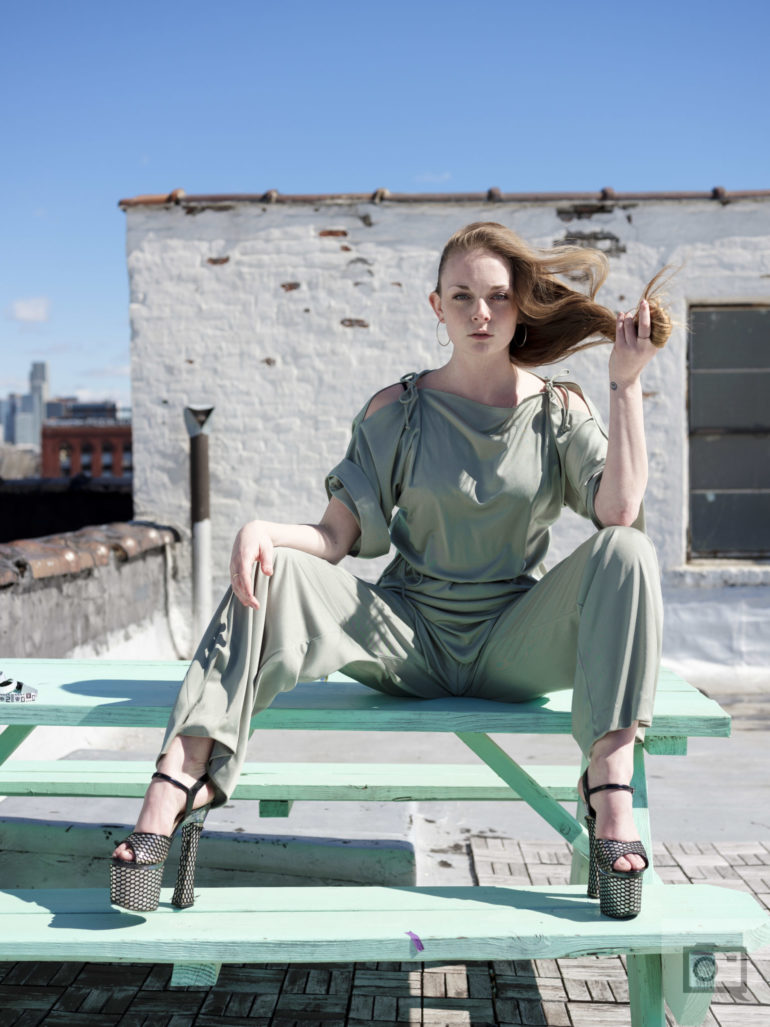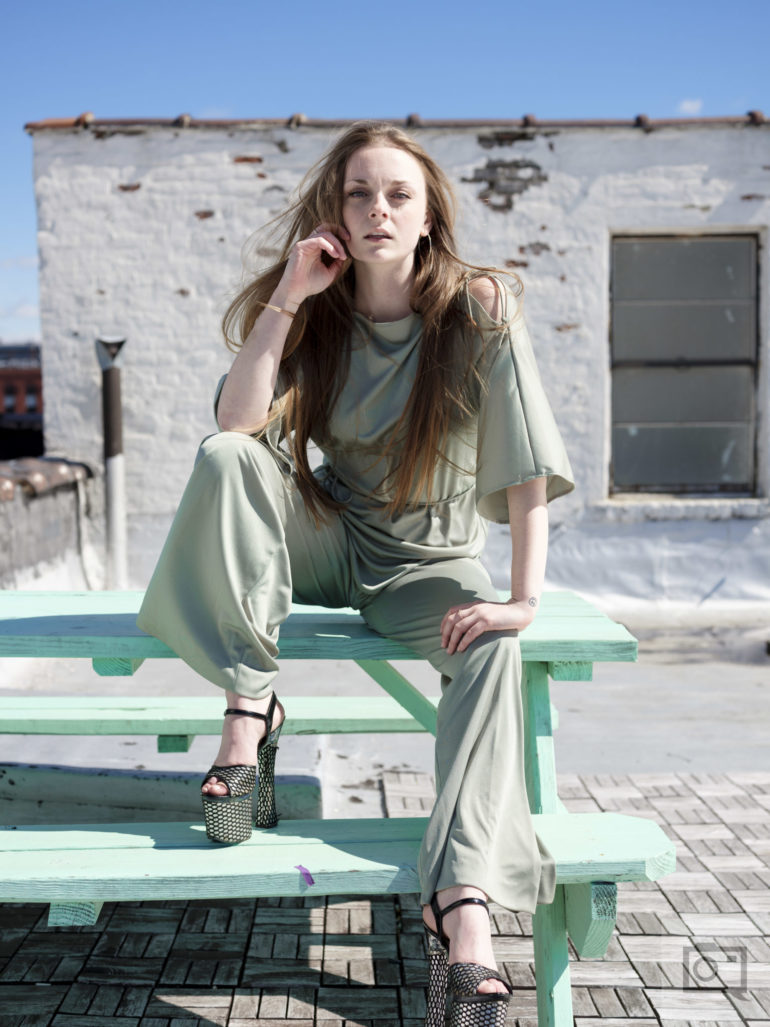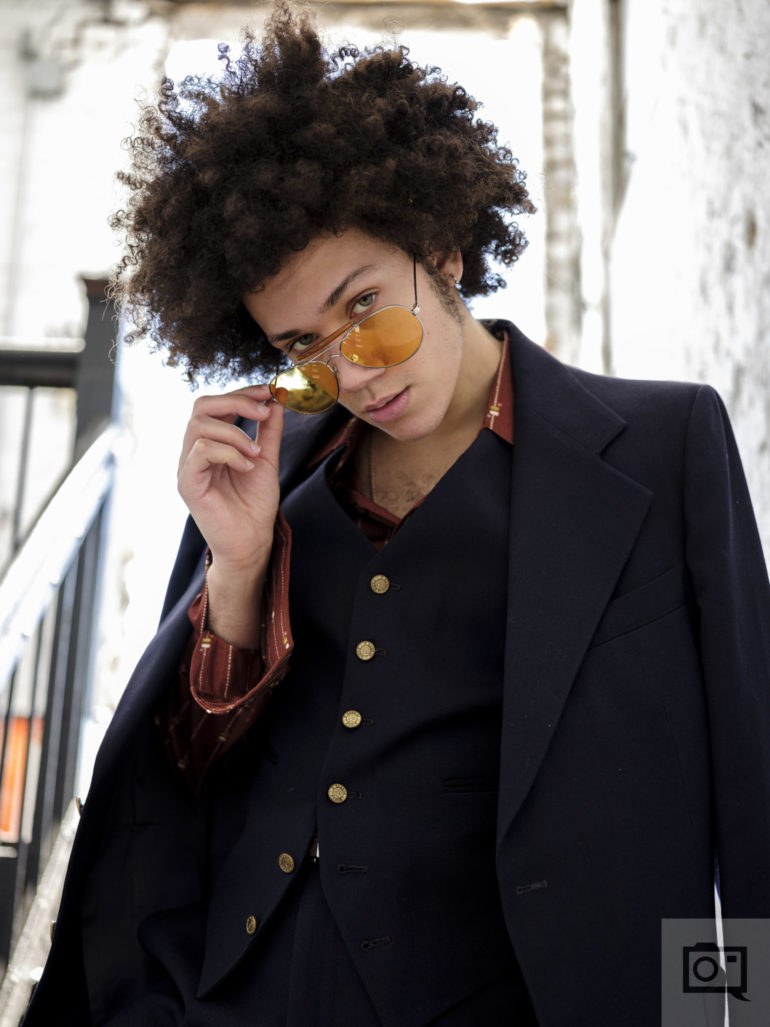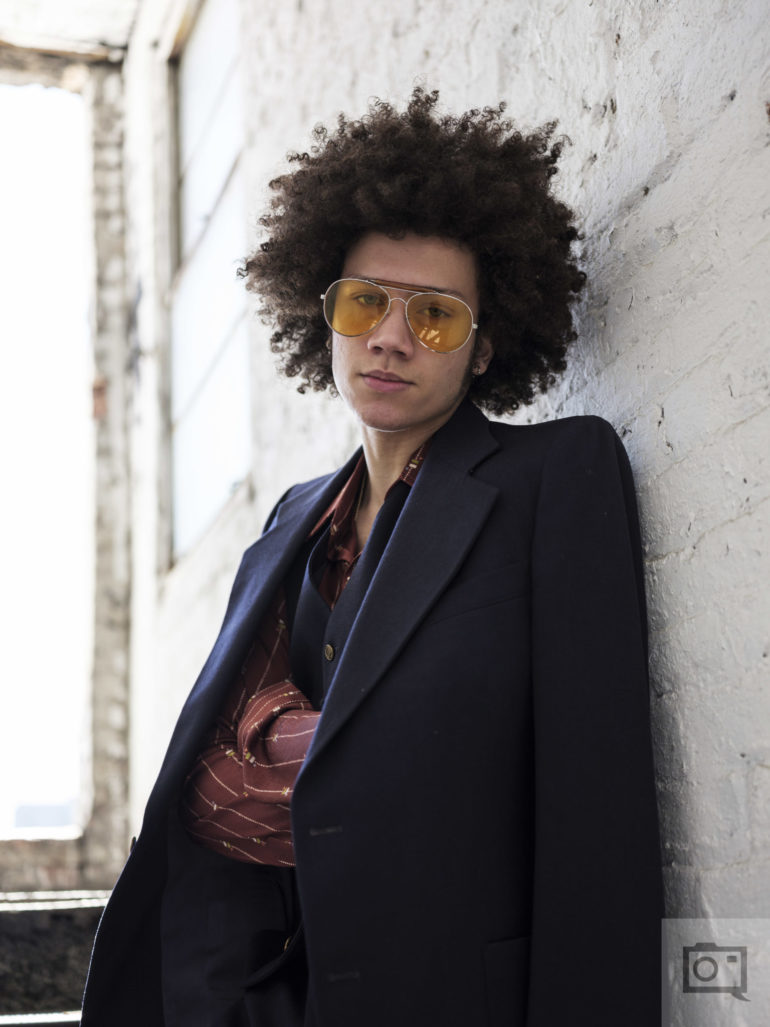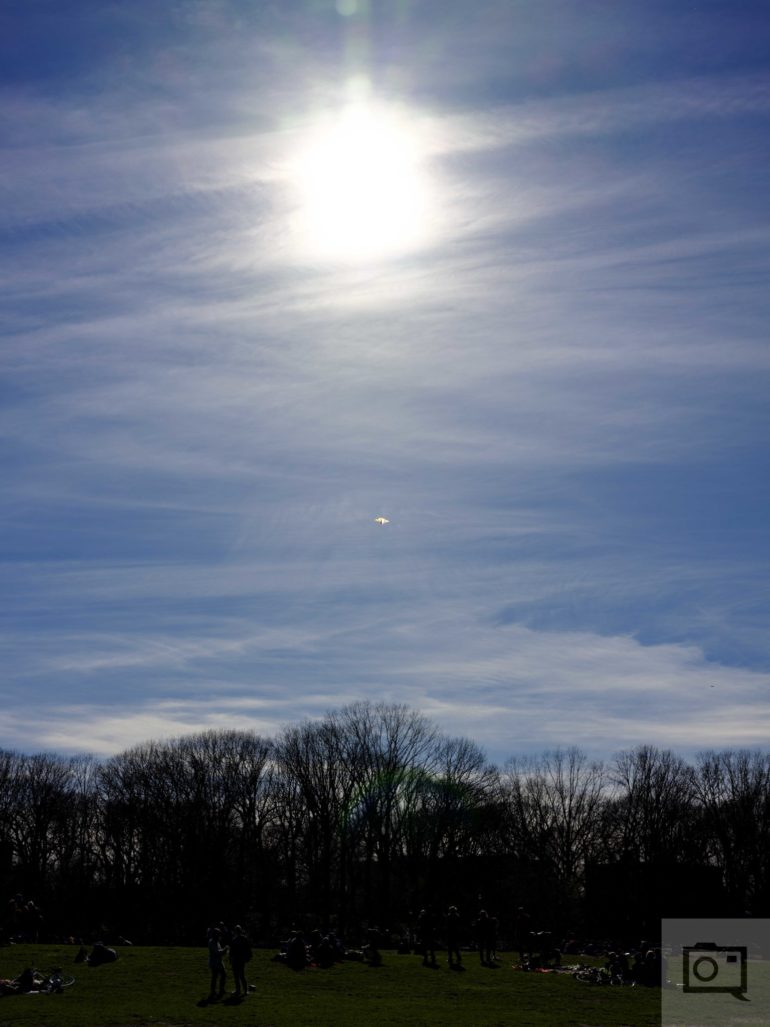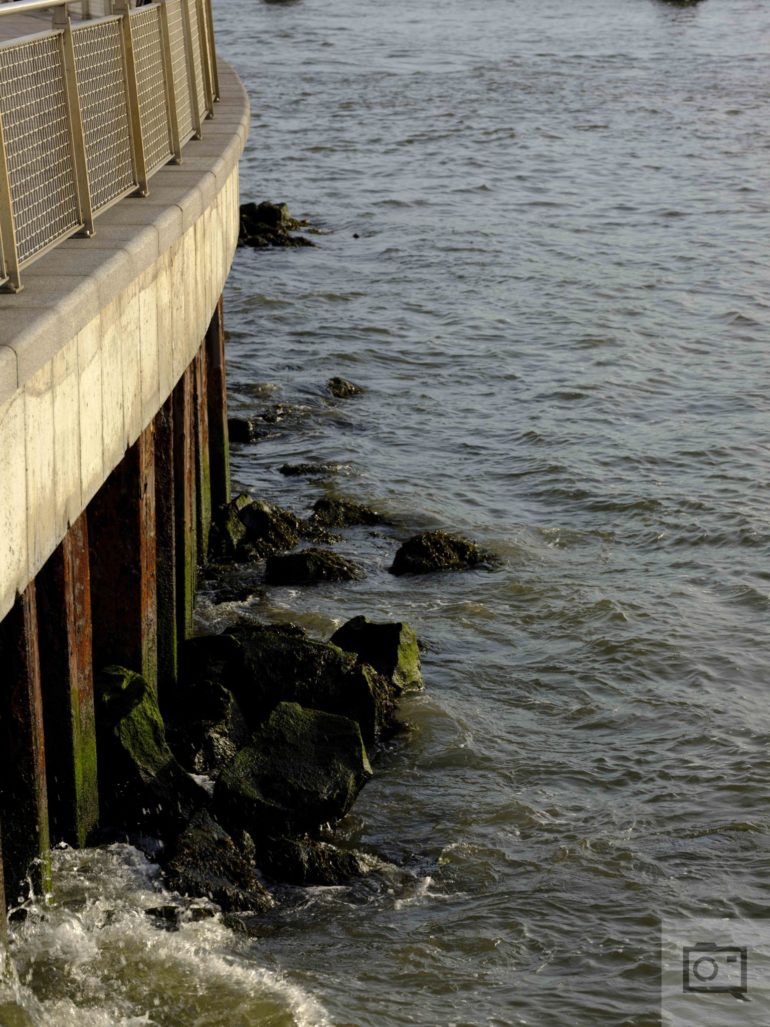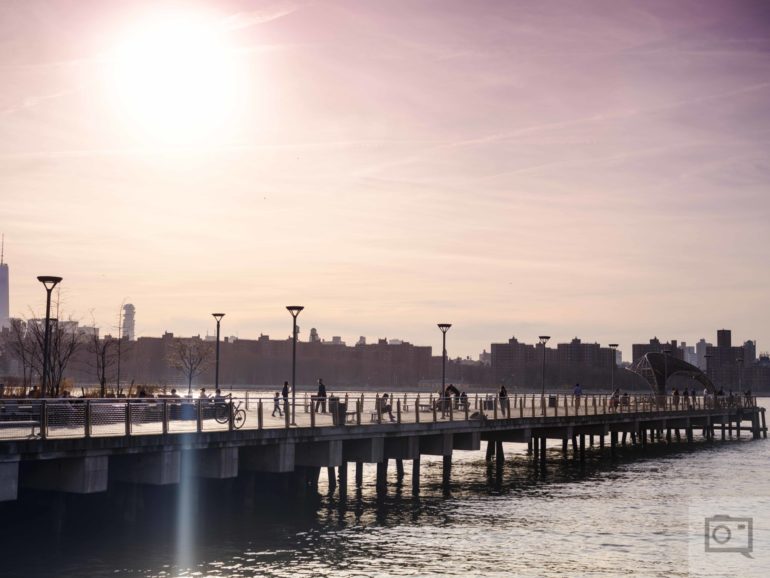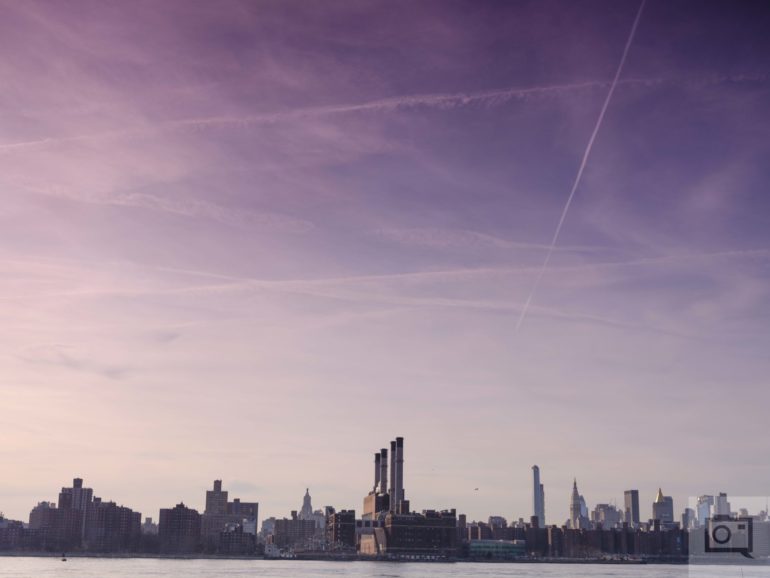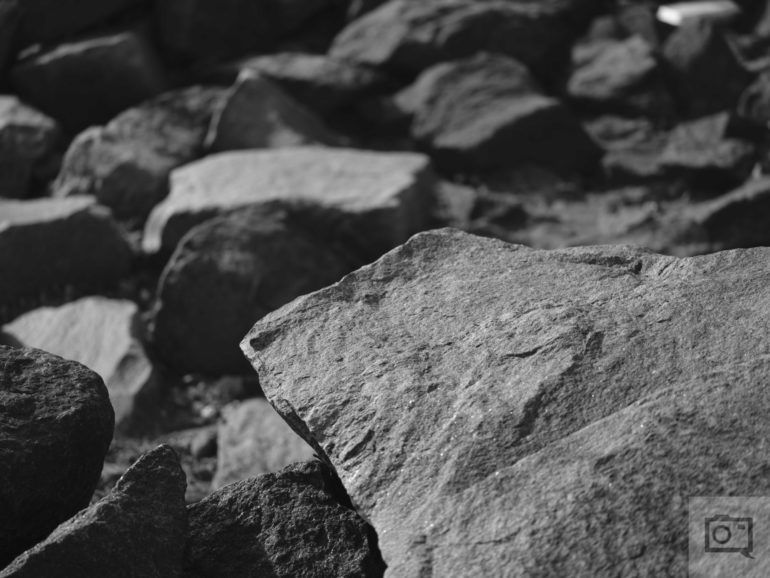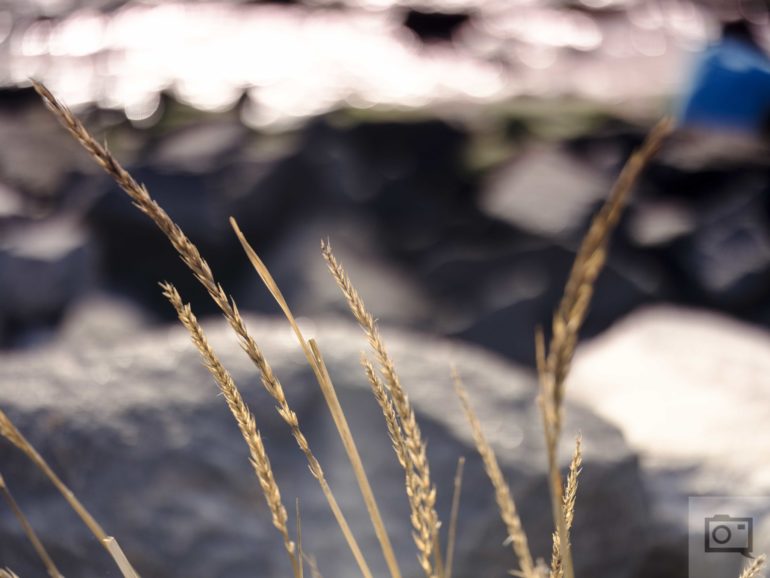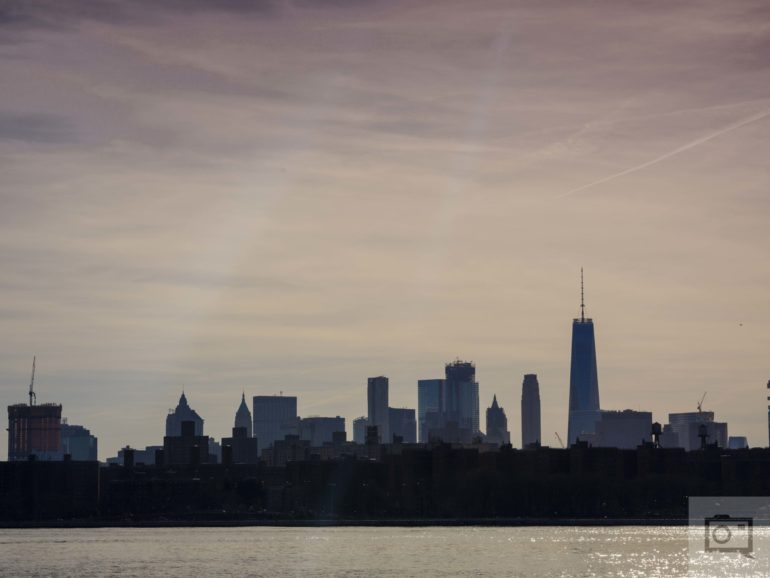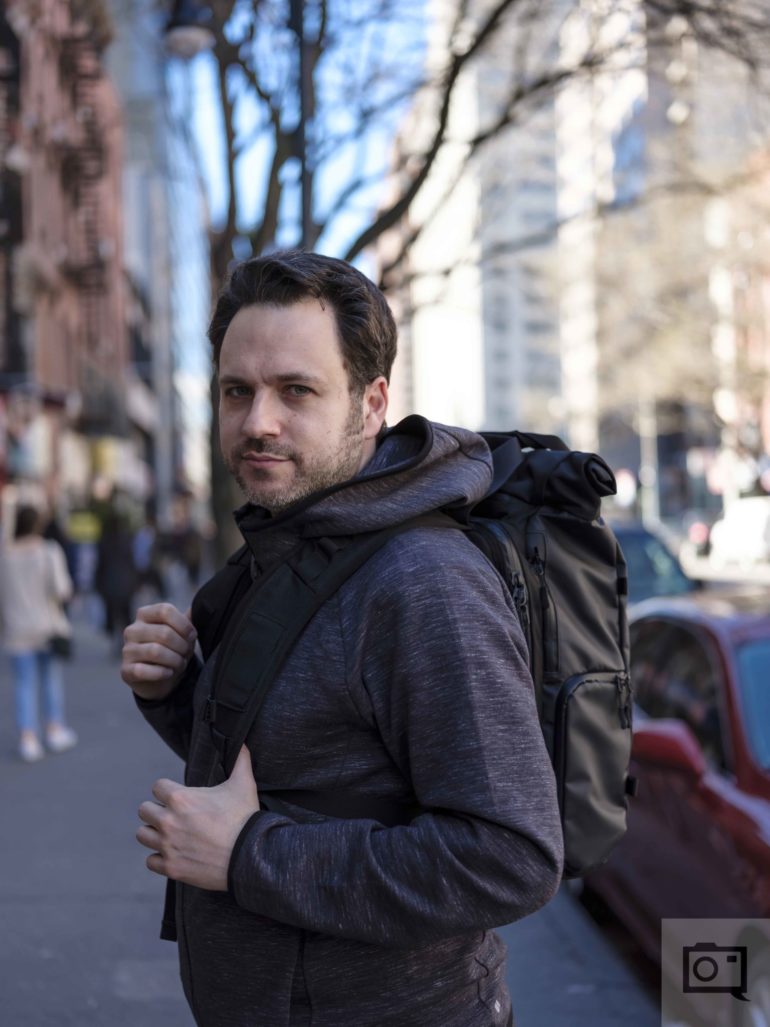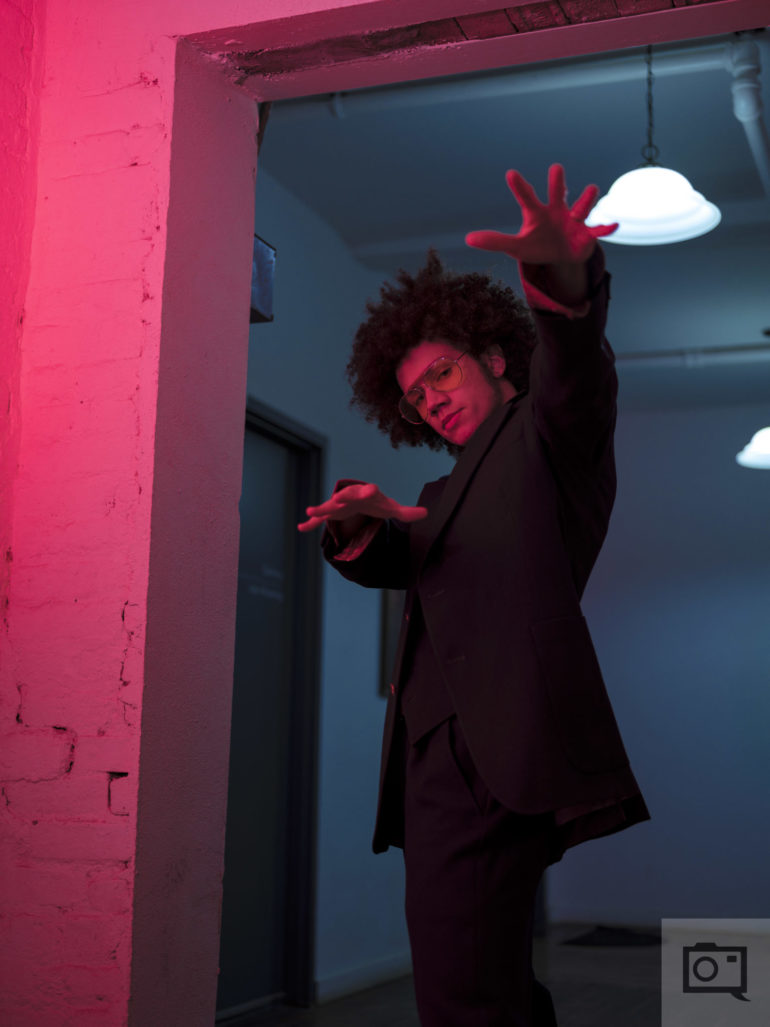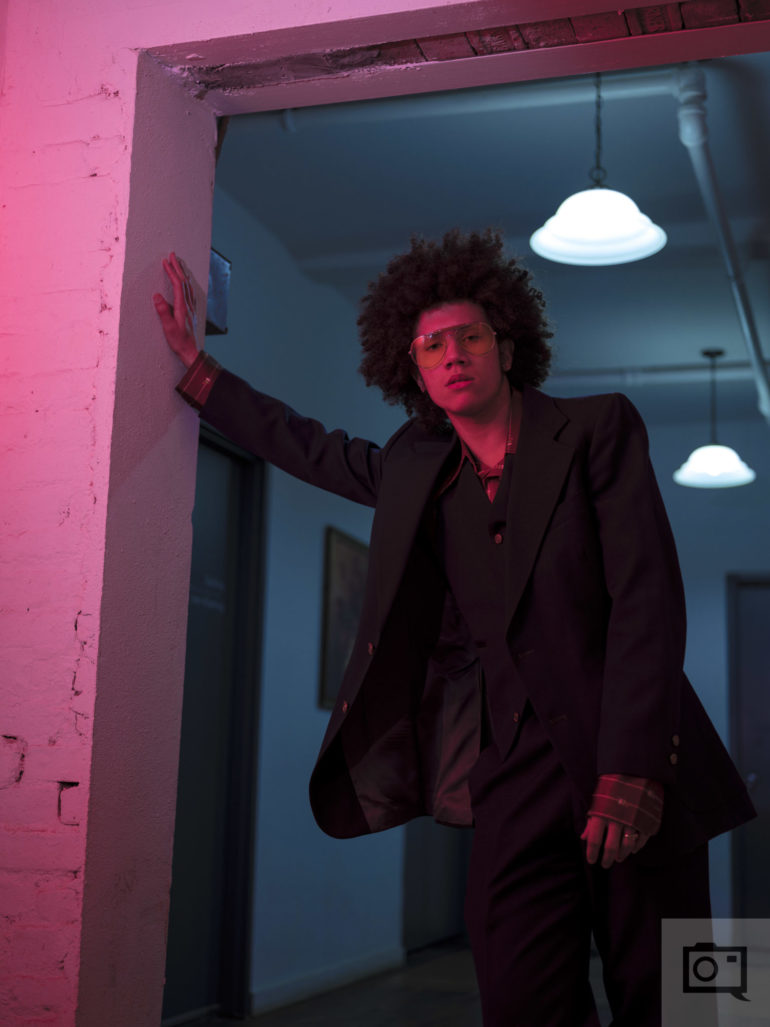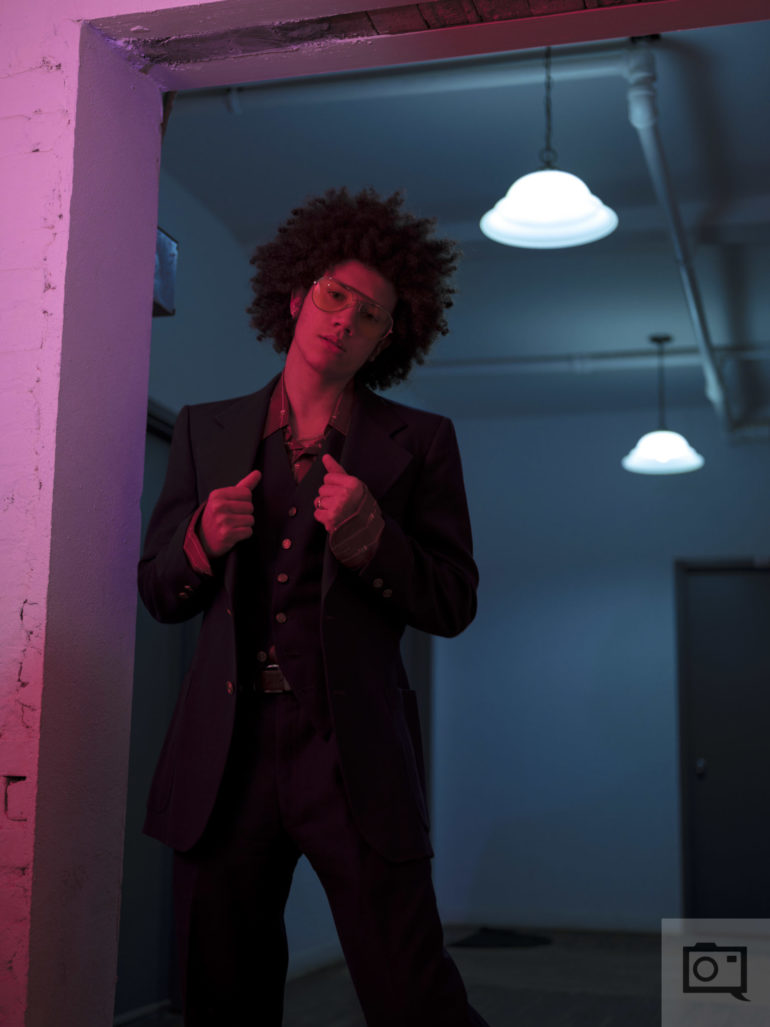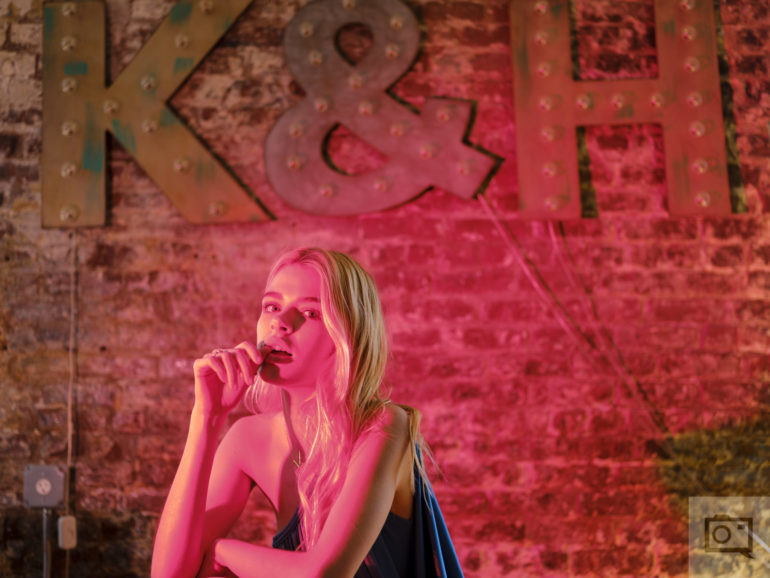Last Updated on 02/03/2020 by Brett Day
For years and years, a lot of us have been drooling over the idea of mirrorless medium format digital cameras, and the Fujifilm GFX 50S is one of the first offerings to make it onto the scene. Fujifilm opted to take the same route that Leica, Pentax and Hasselblad have done with a sensor built into a body vs the more traditional SLR styles of Phase One and some of Hasselblad’s lineup. The Fujifilm GFX 50s (price) you’d think would be targeted at the photographer who needs that kind of resolution, but instead it’s aimed at the photographer who typically uses a Canon 1Dx Mk II or Nikon D5 type of camera. Essentially, the highest end of the highest end. Weddings? Yup, this is for that. Sports? Well, that’s where Fujifilm starts to hit a wall.
However, the camera is an alternative option: opting instead for better resolution and a larger sensor in the same way that wedding photographers years ago reached for 645 medium format film cameras.
Pros and Cons
Pros
- Great image quality in the grand scheme of things
- Very fast and accurate autofocus in most situations. In fact, this is the best medium format autofocus system that I’ve ever seen.
- Very versatile RAW files
- Extremely lightweight
- Fujifilm FINALLY gave us second curtain sync for third party flashes
- Fair battery life when shooting in just RAW; and I’m sure that Fujifilm will improve it with firmware updates
- WiFi
- Medium Format video is FANTASTIC
- Detachable viewfinder
- LCD screen that tilts and comes out
- Simple interface if you’re used to Fujifilm’s cameras
Cons
- Sometimes the face detection can do some weird things
- 1/125th flash sync is unacceptable. I NEED to use a variable ND filter when shooting at times on location unless I’m in a very controlled environment.
- A bit more noise than I’m typically used to seeing at ISO 400
- The lenses, when used with a flash, give off an output that’s a bit too sharp for my liking when it comes to portraiture.
- I really wanted a rangefinder style camera body as the first option. A medium format X Pro camera with both OVF and EVF would be so amazing
- If you’re used to Fujifilm’s controls, then some of this may be odd; like the placement of the focusing selector switch
- Fujifilm could’ve knocked this out of the park with an X Trans sensor; but we don’t have one!
Gear Used
The Fujifilm GFX 50S was used with the 63mm f2.8, 120mm f4 OSS and the Adorama Flashpoint Zoom Lion flash along with various light modifiers, ND filters and gels.
Fujifilm GFX 50S Tech Specs
Specs taken from the Fujifilm product page
| Model Name | FUJIFILM GFX 50S |
|---|---|
| Number of effective pixels | 51.4 million pixels |
| Image sensor | 43.8mm x 32.9mm Bayer array with primary color filter
|
| Storage media | SD Card (-2G) / SDHC Card (-32G) / SDXC Card (-256G) UHS-I / UHS-II*1 |
| File format |
|
| Number of recorded pixels | L: (4:3) 8256 x 6192 / (3:2) 8256 x 5504 / (16:9)8256 x 4640 / (1:1) 6192 x 6192 (65:24)8256 x 3048 / (5:4) 7744 x 6192 / (7:6) 7232 x 6192 S: (4:3) 4000 x 3000 / (3:2)4000 x 2664 / (16:9)4000 x 2248 / (1:1) 2992 x 2992 (65:24)4000 x 1480 / (5:4) 3744 x 3000 / (7:6) 3504 x 3000 |
| Lens mount | FUJIFILM G mount |
| Sensitivity | Standard Output Sensitivity : AUTO1 / AUTO2 / AUTO3 (up to ISO12800) / ISO100-12800 (1/3 step) Extended output sensitivity : ISO50 / 25600 / 51200 / 102400 |
| Exposure control | TTL 256-zone metering, Multi / Spot / Average / Center Weighted |
| Exposure mode | P(Program AE) / A(Aperture Priority AE) / S(Shutter Speed Priority AE) / M(Manual Exposure) |
| Exposure compensation | -5.0EV – +5.0EV, 1/3EV step (movie recording : -2.0EV – +2.0EV) |
| Image Stabilizer | Supported with OIS type lenses |
| Shutter type | Focal Plane Shutter |
| Shutter speed |
|
| Continuous shooting | Approx. 3.0 fps ( JPEG:Endless Lossless compression RAW : 13 Frames Uncompressed RAW : 8 Frames) *When Using the Electronic Front Curtain Shutter Approx. 1.8 fps ( JPEG : Endless Lossless Compression RAW : Endless Uncompressed RAW : 8 Frames)
|
| Auto bracketing | AE Bracketing (2/3/5/7/9 frames) ±1/3EV – ±3EV, 1/3EV step Film Simulation Bracketing (Any 3 types of film simulation selectable) Dynamic Range Bracketing (100%, 200%, 400%) ISO sensitivity Bracketing (±1/3EV, ±2/3EV, ±1EV) White Balance Bracketing (±1, ±2, ±3) |
| Focus |
|
| White balance | Automatic scene recognition / Custom / Color temperature selection (K) / Preset : Daylight, Shade, Fluorescent light (Daylight), Fluorescent light (Warm White), Fluorescent light (Cool White), Incandescent light, Underwater |
| Self-timer | 10sec. / 2sec. |
| Interval timer shooting | Yes (Setting : Interval, Number of shots, Starting time) |
| Flash modes *When EF-X500 is set |
|
| Hot shoe | Yes (Dedicated TTL Flash compatible) |
| Viewfinder | 0.5 inch Approx. 3.69 millions dots OLED Color Viewfinder Coverage of Viewing Area vs. Capturing Area : Approx. 100% Eyepoint: Approx. 23mm (from the Rear End of the Camera’s Eyepiece) , Diopter Adjustment: -4 – +2m-1 Magnification: 0.85x with 50mm Lens (35mm Equivalent) at infinity and Diopter set to -1.0m-1 Diagonal Angle of View: Approx. 40° (Horizontal Angle of View: Approx. 33° ) Built-In Eye Sensor |
| LCD monitor | 3.2 inch, Aspect Ratio 4:3, Approx. 2,360K-dot Tilt-Type, Touch Screen Color LCD Monitor (Approx. 100% Coverage) |
| Movie recording | [Full HD (1920×1080)] 29.97p / 25p / 24p / 23.98p 36Mbps up to Approx. 30 min. [HD (1280×720)] 29.97p / 25p / 24p / 23.98p 18Mbps up to Approx. 30min. |
| Photography functions | Color, Sharpness, Highlight tone, Shadow tone, Noise reduction, Long exposure NR, Lens Modulation Optimizer, Color space, Pixel mapping, Select custom setting, Edit/Save custom setting, Store AF mode by orientation, Rapid AF, AF point display, Pre-AF, Face/Eye detection AF, AF+MF, Focus peak highlight, Focus check, Interlock spot AE & focus area, Instant AF setting (AF-S/AF-C), Depth-of-field scale, Release/Focus priority, Touch screen mode, Mount adapter setting, Red eye removal, Movie AF mode, RGB Histogram, Highlight alert, Electronic level, Preview depth of field, AE lock, AF lock, AF-ON, Multiple exposure |
| Touch Screen Mode |
|
| Film Simulation mode | 15 modes ( PROVIA / Standard, Velvia / Vivid, ASTIA / Soft, CLASSIC CHROME, PRO Neg.Hi, PRO Neg.Std, Black&White, Black&White+Ye Filter, Black&White+R Filter, Black&White+Gfilter, Sepia, ACROS, ACROS+Ye Filter, ACROS+R Filter, ACROS+G Filter ) |
| Grain Effect | STRONG, WEAK, OFF |
| Color Chrome Effect | STRONG, WEAK, OFF |
| Dynamic range setting | AUTO, 100%, 200%, 400% |
| Playback functions | Switch slot, RAW conversion, Erase, Erase selected frames, Crop, Resize, Protect, Image rotate, Red eye removal, Voice memo setting, Copy, Photobook assist, Multi-frame playback (with micro thumbnail), Favorites, RGB histogram, Highlight alert |
| Wireless transmitter |
|
| Wireless function | Geotagging, Wireless communication (Image transfer), View & Obtain Images, Remote camera shooting, instax printer print |
| Other functions | Exif Print, Date/Time, Time difference, 35 Languages, My menu setting, Sensor cleaning, Battery age, Sound set-up, EVF brightness, EVF color, LCD brightness, LCD color, Image disp, Auto rotate displays, Preview exp./WB in manual mode, Preview pic. effect, Framing guideline, Autorotate PB, Focus scale units, Disp. custom setting, Sub monitor setting, Focus lever setting, Edit/Save Quick menu, Function(Fn) setting, Selector button setting, Command dial setting, Shutter AF, Shutter AE, Shoot without lens, Focus ring, AE/AF-Lock mode, Expo. Comp. button setting, Touch screen setting, Lock, Auto power off, Shooting stand by mode, Auto power save, Frame No., Save org image, Edit file name, Card slot setting, Switch slot, Movie file destination, Copyright Info |
| Terminal |
|
| Power supply | NP-T125 Li-ion battery (included)
|
| Dimensions | 147.5mm (W) x 94.2mm (H) x 91.4mm (D) / 5.81in. (W) x 3.71in. (H) x 3.60in. (D) (Minimum Depth : 41.6mm / 1.64in.) |
| Weight | Approx. 825g / 29.1 oz. (including battery and memory card), Approx 920g / 32.5 oz. (including EVF) Approx. 740g / 26.1 oz. (excluding accessories, battery and memory card) |
| Operating Temperature | -10°C – +40°C (+14°F – +104°F)C |
| Operating Humidity | 10 – 80% (no condensation) |
| Starting up period | Approx 0.4sec.
|
| Accessories included | Li-ion battery NP-T125 Battery charger BC-T125 Plug adapter Body cap Shoulder strap Metal strap clip Metal strap clip lock Cable protector Interchangeable electronic view finder EVF-GFX1 Hot shoe cover(Body/EVF) Connector cover(EVF) Vertical Battery Grip connector cover Sync terminal cover Owner’s manual |
Fujifilm GFX 50S Ergonomics
Taken from our first impressions post
When you look at the camera, you immediately get the feeling that what you’re about to hold or see is a DSLR. But it’s not, it’s the medium fomat Fujifilm GFX 50s camera. The front of the camera (which Fujifilm tells us is in the early prototype stages and that things can change) looks and feels a lot like a DSLR. People that typically like mirrorless cameras may not appreciate that, but the Canon and Nikon crowd surely will.
At the heart of the Fujifilm GFX 50S is a 51.4MP sensor that is larger than a piece of 35mm film. A sensor of this size will mean a lot to portrait and landscape photographers. This mount and the entire camera is weather sealed in pretty much the same way that the Fujifilm X-T2 is.
Before we go on, these are the sensor sizes.
On the top of the camera is a removable EVF–it can tilt up and down with an attachment. You’ll also find the ISO dial here. At its center is a button to lock it when needed.
On the top of the other side of the Fujifilm GFX 50s is a shutter speed dial, dive dial, LCD screen for quick infomation, on/off switch, and the hot shoe. Like the other dial, you can lock the shutter speed.
Turn the camera towards the back and what you’ll spot here are few buttons. Of course, there is a menu button, playback, etc. But this is less than what Fujifilm has usually produced.
However, in my brief time with the camera I didn’t find any major issues with it.
The camera in many ways looks like they took an X-T2 and suped it up in so many ways. In other ways, it reminds me of a Pentax 645z and other medium format cameras–except not as “serious business” styling.
The back LCD screen can tilt for use; and in some ways it feels like a permanently attached medium format back. It could honestly benefit from being a touchscreen.
Build Quality
Admittedly, I didn’t put it through a massive part of what I could’ve tested the camera in. NYC has barely had any rain since I’ve had the camera in for review and even today, while it looks overcast in Brooklyn I highly doubt that Global Warming will allow it to happen. However, the one day that we had rain and I tested the camera, it seemed to shrug it off with ease. To that end though, the X Pro 2 and 23mm f2 R WR have both been through rougher testing than I’ve done to the Fujifilm GFX 50S.
In the hand, the camera feels very solid though incredibly lightweight. There are many 35mm DSLRs out there that feel heavier than this camera. So if you’re the type of person that needs a big heavy camera, then this probably isn’t for you.
Working your way around the camera build though, you shouldn’t have too much of a problem if you’re an advanced shooter.
Still though, I’d love a rangefinder; especially because Fujifilm said that it’s possible.
Ease of Use
If you’re familiar with the Fujifilm camera menu system, then none of this should be any sort of surprise to you. Ever since the Fujifilm X30 came out, the company has started to change up their menu system to accommodate all the extra stuff that their cameras are capable of. However, it still remains pretty simple to use. Almost anything that you want can also be quickly assigned to a button.
On top of that, this camera has a touchscreen–so that makes direct access pretty darned simple. And better yet, it’s not a touch screen that gets in the way of things.
The company’s menus are indeed deeper in some ways; but not so much deeper than the X Pro 2 and X-T2. What you will enjoy though is the new flash menu–which lets you use second curtain flash sync with ease.
What other photographers will greatly appreciate is the fact that the Shutter dial and lens Aperture dials can be assigned to relegate their according controls to other dials on the camera to make them more similar to a DSLR.
For even more thoughts, you should check out my previous report. You should also learn to understand the medium format mentality if you haven’t already.
The Fantastic Addition of Second Curtain Flash, and the Letdown of 1/125th Flash Sync with the Fujifilm GFX 50S
I’m specifically dedicating a section of this review to praise Fujifilm for the addition of second curtain flash in the Fujifilm GFX 50s. For years, I’ve been asking for it. I was annoyed when the X Pro 1 didn’t have it and many of the company’s latter cameras don’t. But now, we’ve got it. This greatly improves the creative abilities that a photographer can do with the camera.
Let me start off by saying that this hasn’t always been so simple. Sony can do it well with 3rd party flashes but when it comes to their own system, it’s quite backwards. You have to use a Sony flash and it has to be done via infrared triggering. You can’t do it even with the company’s radio flash. Canon only lets you do it with their own flashes. Olympus and Panasonic traditionally require a 3rd party flash and even then you’re not guaranteed to get it; but in the later camera models that’s been changing. Nikon and Pentax let you do it with 3rd party flashes though.
For years now though, Fujifilm hasn’t let you do it. But now you can.
Second curtain flash lets you do a technique called “Dragging the shutter” which theoretically can also be achieved with first curtain flash but with significantly more difficulty. When you do it with second curtain flash and wish a flash that has a fast flash duration, you’re guaranteed to stop what’s directly being illuminated by the flash and let trails go off otherwise. It’s fantastic when photographing Hula hoopers and fire dancers.
My major commendations go to Fujifilm for letting us do this, but then there’s the issue of 1/125th flash sync. Really Fujifilm? Micro Four Thirds cameras go faster! My rep stated that you can do it with Hasselblad lenses attached, but I honestly wanted it done natively. 1/125th is an incredibly antiquated flash sync speed and at least 1/250th would’ve been acceptable though 1/1000th would’ve been ideal. The workaround is using an ND filter of some sort but then you have to raise your flash power accordingly.
The very first Creating the Photograph post that I did explains this a lot more if you’re a budding strobist.
Metering
For the most part, the camera system’s metering system adheres to the rules of Sunny 16. And that’s fantastic if you’re a landscape photographer or if you dare to use it for street photography.
Autofocus
Before I get into the absolutely fantastic parts of the Fujifilm GFX 50S’s autofocus, I’m going to touch on the bad. When using Face detection, sometimes the camera will detect faces that you don’t want in focus. So at a time like that, you’d figure that you should turn off Face detection. Sometimes that works, but in my tests it still continued to detect faces and I double checked that it was turned off.
Still though, the best focusing performance from the Fujifilm GFX 50S comes when you manually select your focus point; despite it even hunting for faces no matter what.
In my various sessions and times testing the Fujifilm GFX 50s over time, photographers around me who gathered to watch were shocked by how fast the camera tends to focus. Indeed, it will surely focus quickly in most situations. However, when the lights tend to go down a bit more or there’s lower contrast, the focusing will start to slow down.
Despite the autofocusing system slowing down though, you’ve got maybe a 90% chance of actually nailing your subject, especially if that’s a face. By far, this is the best autofocus system that I’ve seen not only in a medium format camera but also from Fujifilm. It’s almost on par with Sony’s autofocus but still behind Olympus.
That’s quite a statement I made: to think that years ago Fujifilm had the slowest mirrorless camera autofocus on the market and now they’re holding their own with Sony and with a larger sensor is no small feat.
In near darkness, you’re going to need just a bit of light. I strongly recommend using a flashlight or your phone to get it on just the right spot if your camera really needs it.
Image Quality
The Fujifilm GFX 50s can output some fantastic RAW files; let’s get that out of the way. They are very, very good with great color depth, great dynamic range capabilities, and pretty amazing high ISO output. Indeed, this sensor can be a great workhorse for so many photographers who need it. The professional portrait photographer can be very confident that in almost any situation, they’ll be able to save their digital files. Couple this with all the other great stuff about the camera and you’ve got something that rocks.
RAW File Versatility
Above is my edited photo. Granted, the autofocus didn’t work out here but if it did, I would’ve been able to get a whole lot of details out of the image. This is more than good enough for the web, but I wouldn’t make a print of this.
This photo above is what the original file looked like. Pretty awesome that I was able to get that much detail from the shadows and the highlights. Plus the colors! Here are some more samples.


As you can see, I’m able to push the colors pretty far too. That’s pretty fantastic. Changing the white balance to Tungsten and pushing, the blues, reds and oranges to get just the right lighting made this scene look really nice and sort of surreal.
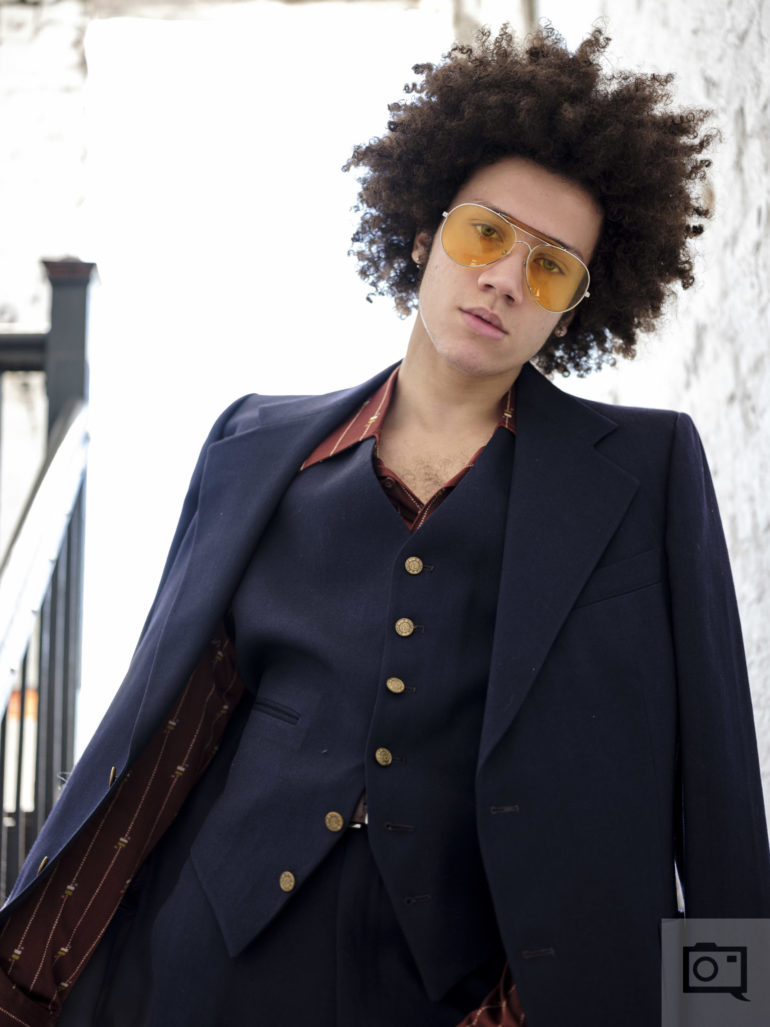
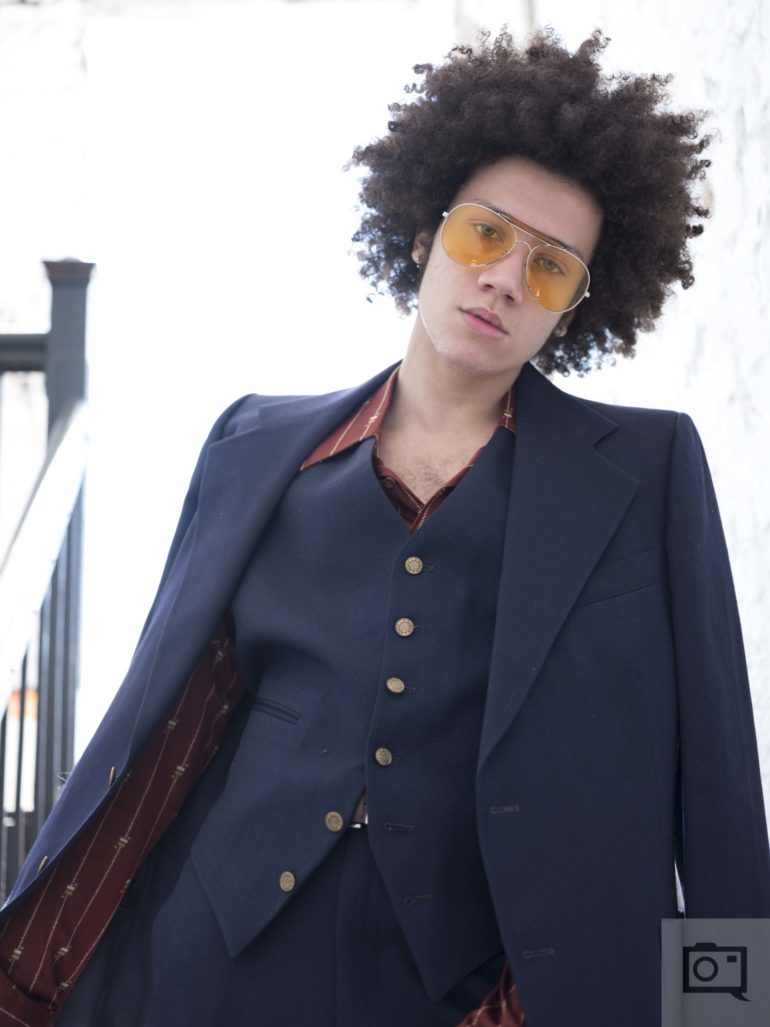
I truthfully thought I was going to lose all that highlight detail and for the image, I was okay with that. But I was able to get a whole lot of it back. Not bad, Fujifilm and Sony!
However, my statement remains that if this were an X Trans sensor, it would have been even better.
With all this said, I’m going to bring up the fact that Capture One doesn’t have native support for the RAW files. There are workarounds, but I honestly don’t want workarounds. I want the full support because there could be some sort of loss of information. So unfortunately, I needed to edit these in Lightroom.
I genuinely think that the decision for Phase One to state that they’re not going to support the Fujifilm GFX 50S is a completely antiquated and quite frankly, stupid one. From my point of view, they’re far more likely to sell a large number of Capture One software licenses with the right marketing and push for much cheaper than they will move Phase One cameras and backs.
High ISO Output
Let’s start small, ISO 1600 is pretty darned good for medium format. In my eyes, it looks cleaner than a lot of ISO 400 files that I’ve shot which I continue to not totally understand even when exposing everything perfectly. But even higher ISO images than all those are better.
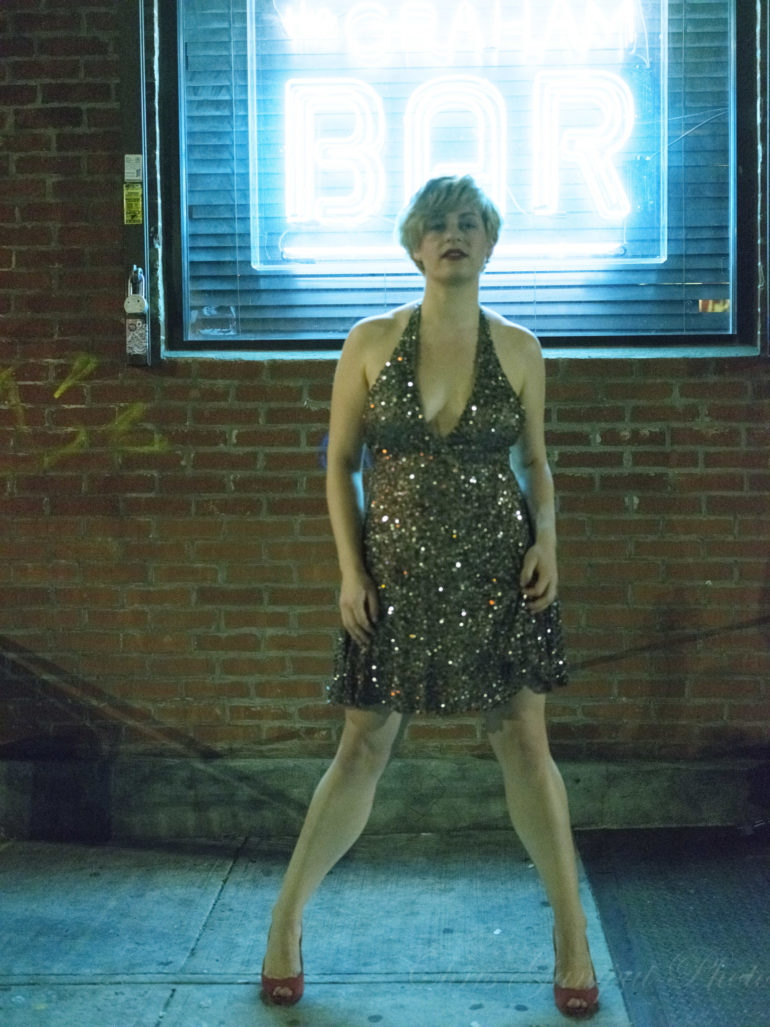
Extra Image Samples
Conclusions
Likes
- We finally have good medium format mirrorless cameras.
- Lightweight
- Good image quality though I genuinely feel like it could have been better with an X Trans sensor. My theory is partially that it has to do with DXO scores or it could have to do with Sony. DXO has never tested an X Trans sensor.
- Weather sealed
- Lenses right out of the gate, but I want faster lenses. This isn’t a 645 system yet that larger system has faster optics
- Fastest autofocus system of any medium format camera I’ve used
- I never got tired of lugging it around
Dislikes
- 1/125th flash sync. FIX THIS!
Before I even get into the deeper details here, you had to expect that the Fujifilm GFX 50s was going to receive an Editor’s Choice award.
The Fujifilm GFX 50s is an absolutely fantastic camera in so many ways. It boasts the fastest medium format autofocus system that I’ve seen on top of some exemplary image quality. I argue that the lenses, when used with a flash, are even too sharp for portraiture. The camera also has weather sealing, versatility for viewfinder or LCD screen use, a lightweight body, fair battery life when shooting in just RAW, WiFi, and when used with the excellent 63mm f2.8 lens isn’t that large.
I see it surely being in use with photographers for portraits and landscapes; but the documentary and photojournalism crowds that this camera is partially aimed at may want to consider this as a second camera body if anything. A 5D Mk IV or Nikon D5 should be your main body while this is used for more specialized type of work. But even then, this sensor isn’t large enough vs a 35mm full frame sensor that I feel that there is enough of a difference for most photographers. Part of this is due to just how good 35mm full frame lenses have become over the years. For Fujifilm and medium format to rule again, they need to be THAT MUCH BETTER than 35mm full format lenses. At the moment, they aren’t. Time will only tell though.
At the moment, I’m not sure who would buy the Fujifilm GFX 50s as I haven’t seen work done with the camera that can’t be done with a Sony a7r II, Leica M10, Canon 5D Mk IV, Pentax K-1 or the Nikon D810. Though I seriously want to! But again, I feel that the only thing holding this system back could be the lenses; and that’s going to take time to change.
With all this said, I come to my biggest issue: 1/125th flash sync. For anyone that isn’t a strobist, this isn’t an issue; though then I’d seriously question why you NEED medium format unless you’re doing some next level landscape photography. For every photographer that likes to work on-location, this is a big issue. Be sure to bring ND filters with you.
The Fujifilm GFX 50s receives the Phoblographer’s Editor’s Choice award and five out of five stars. Want one? Check out Amazon for the current prices.



